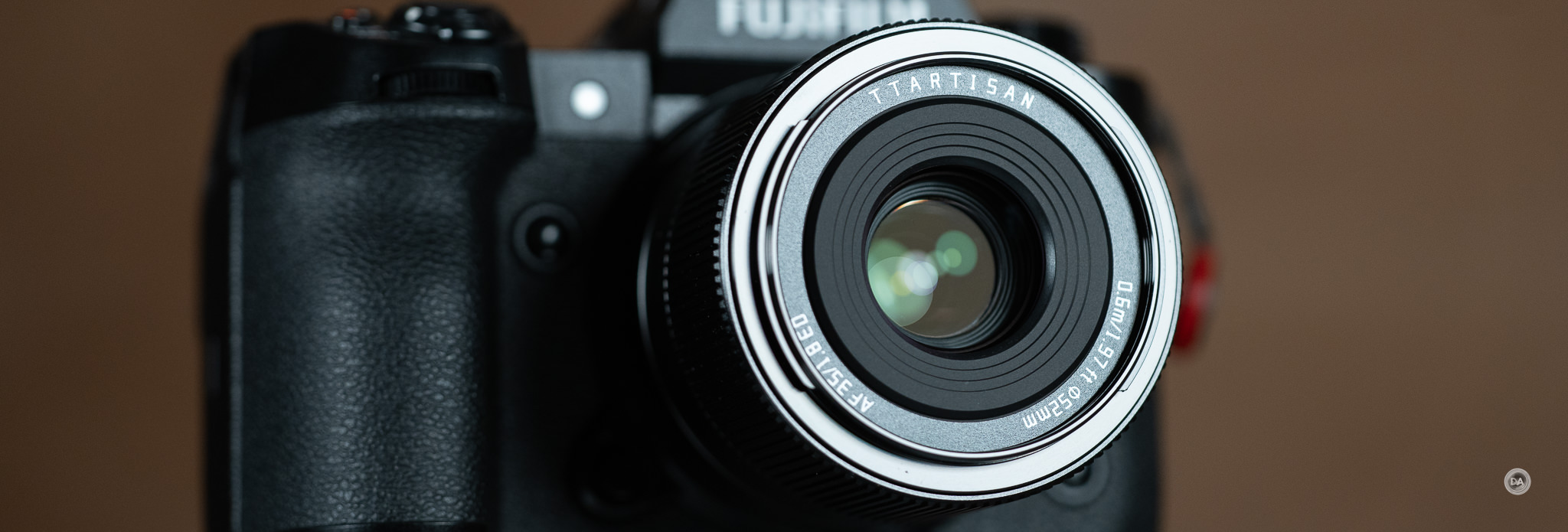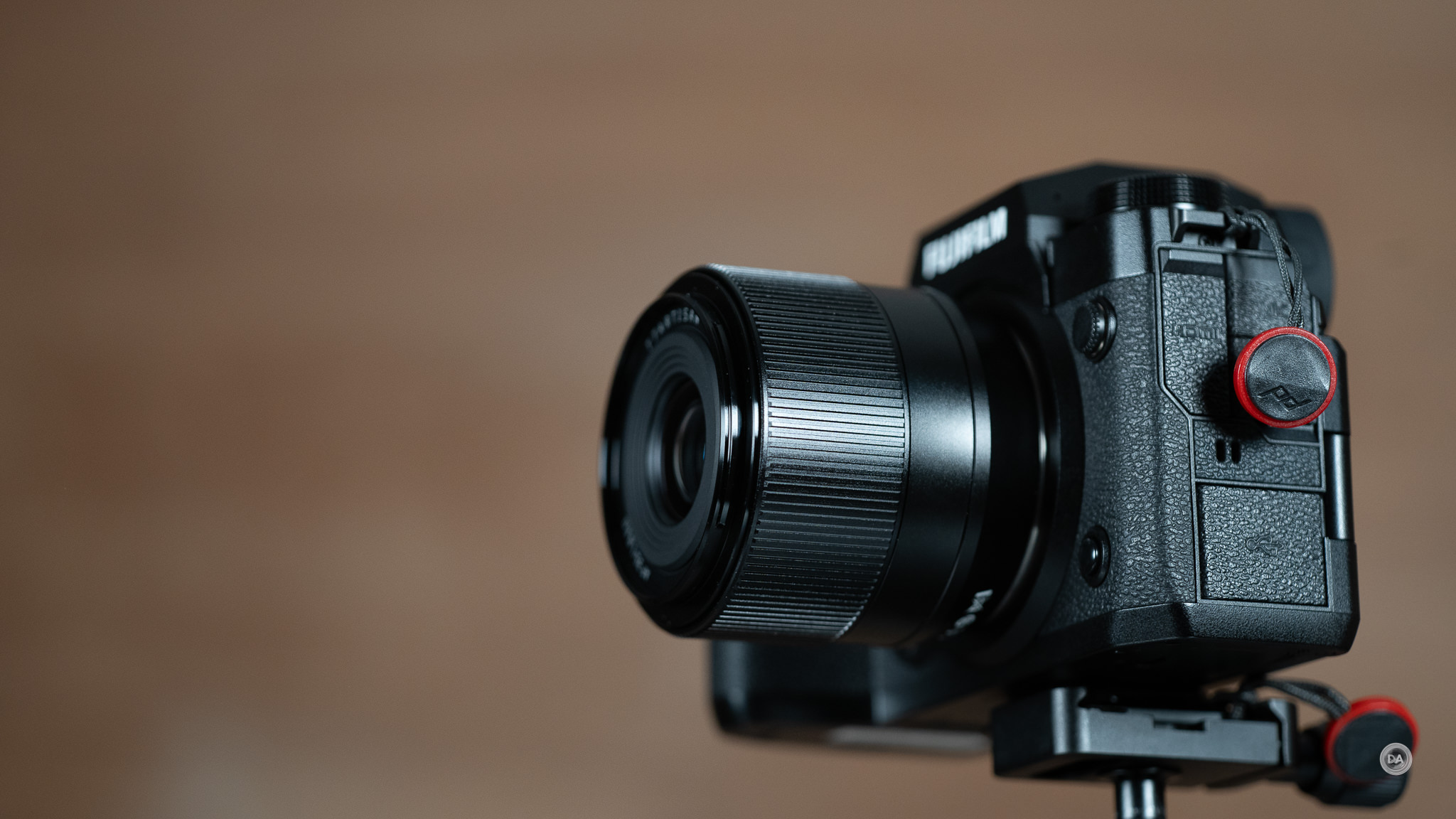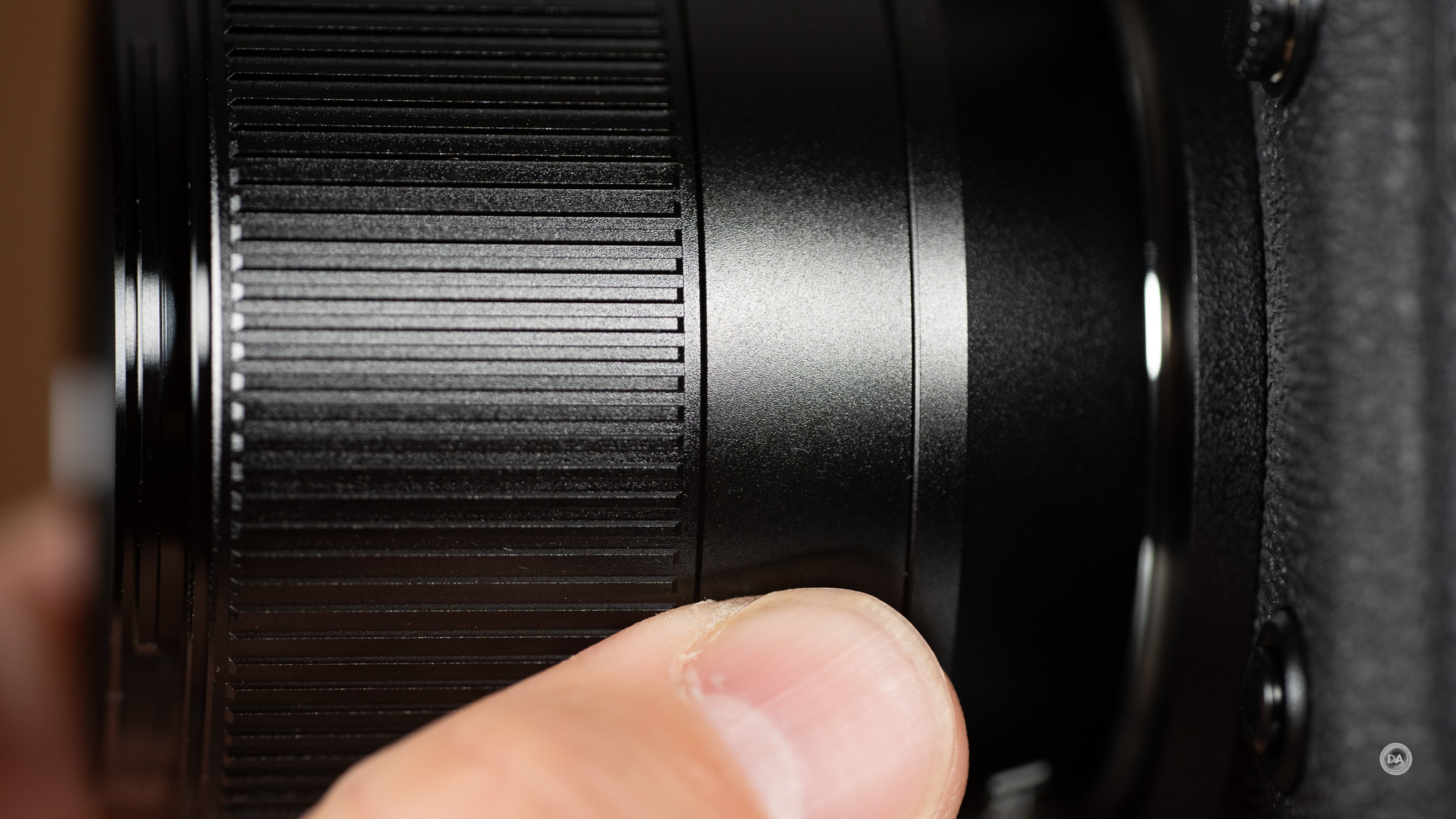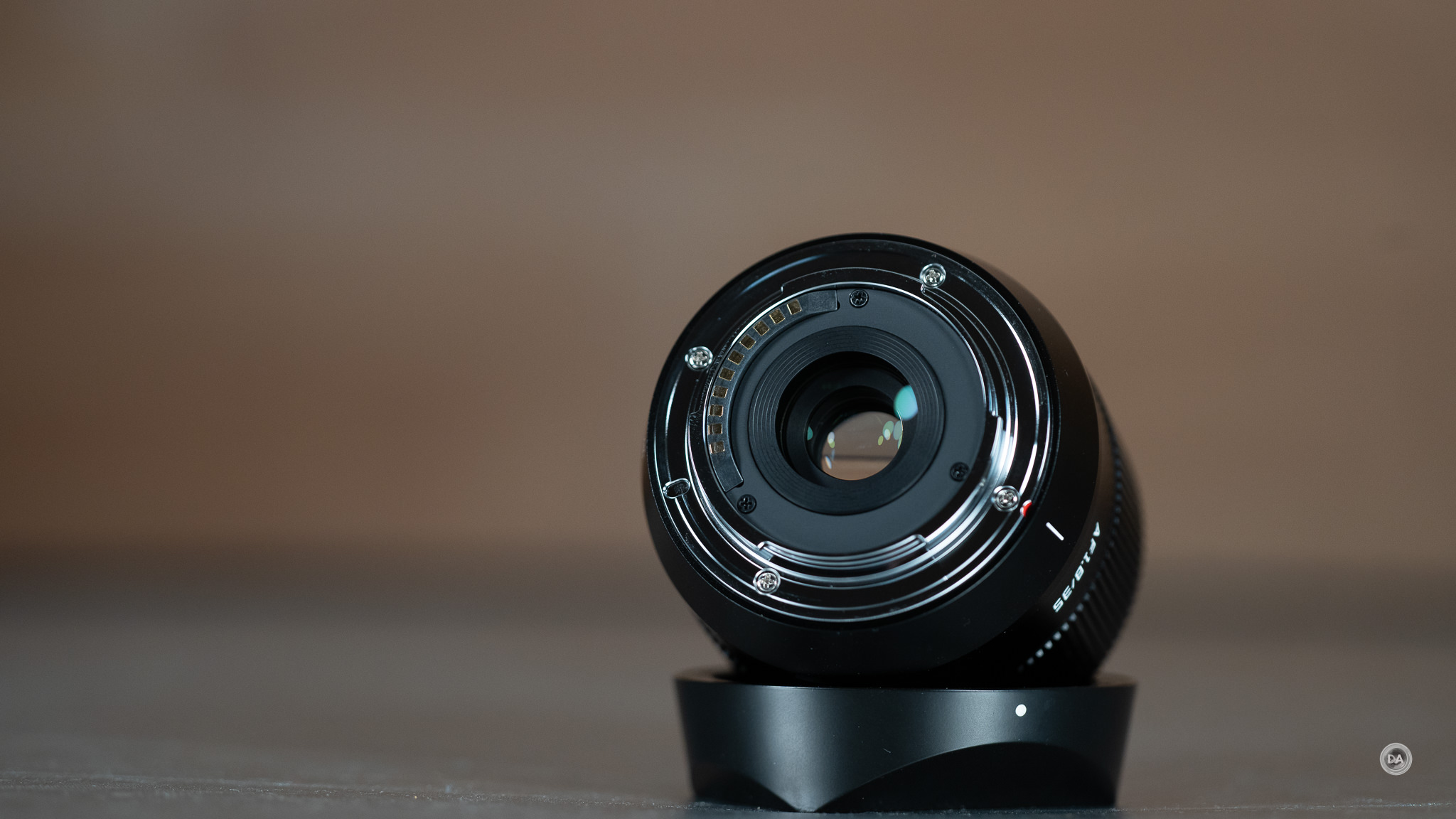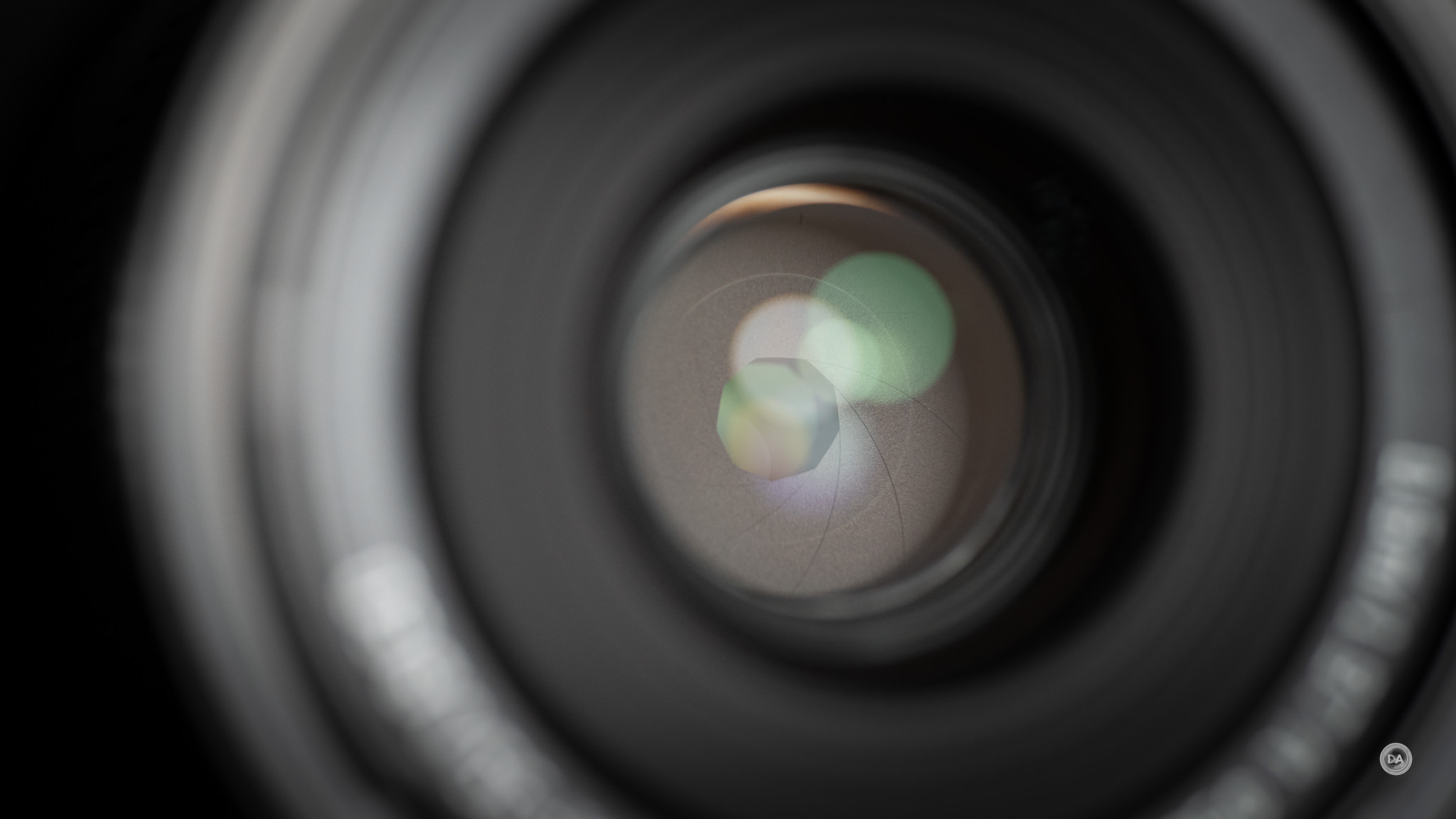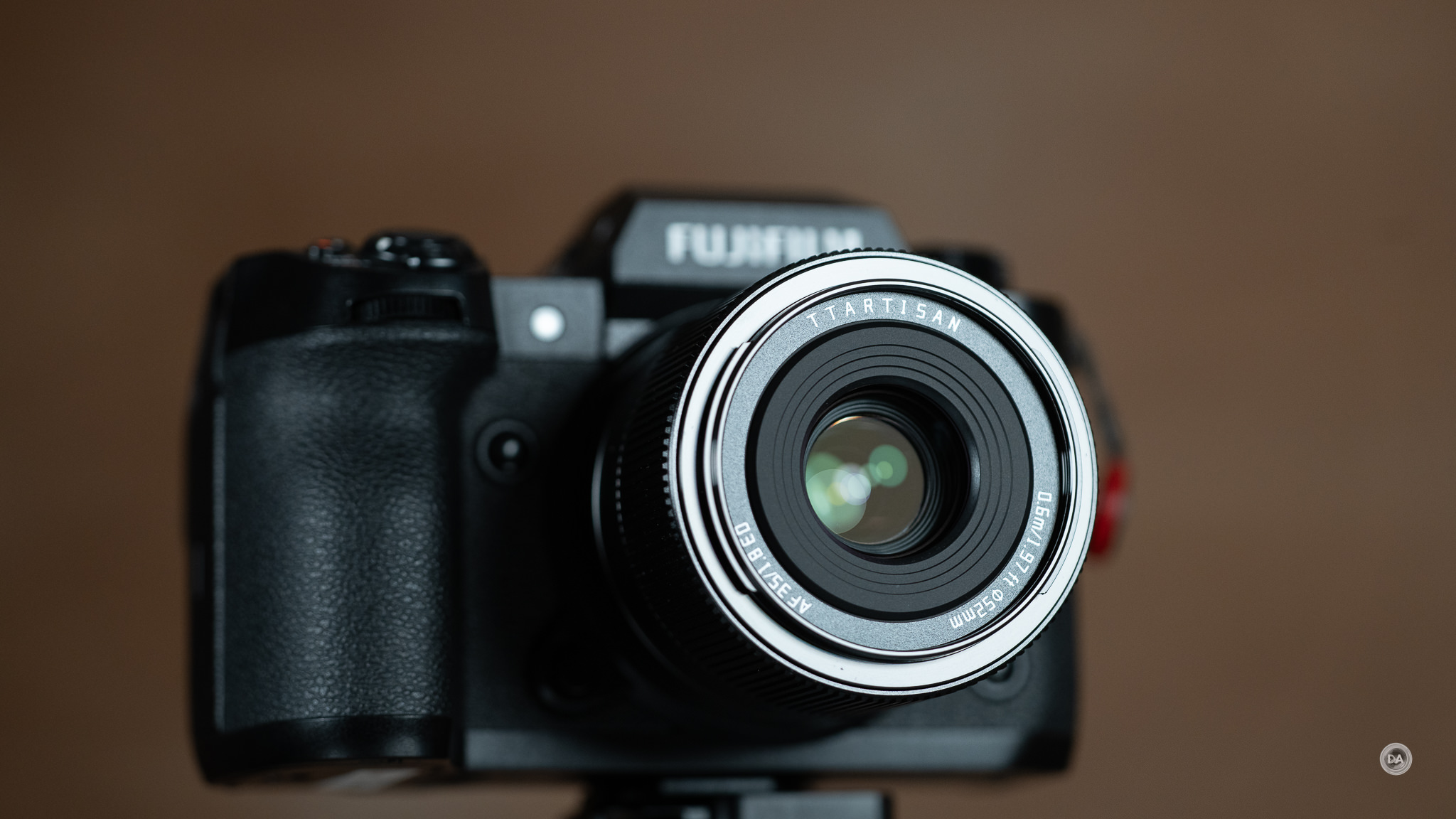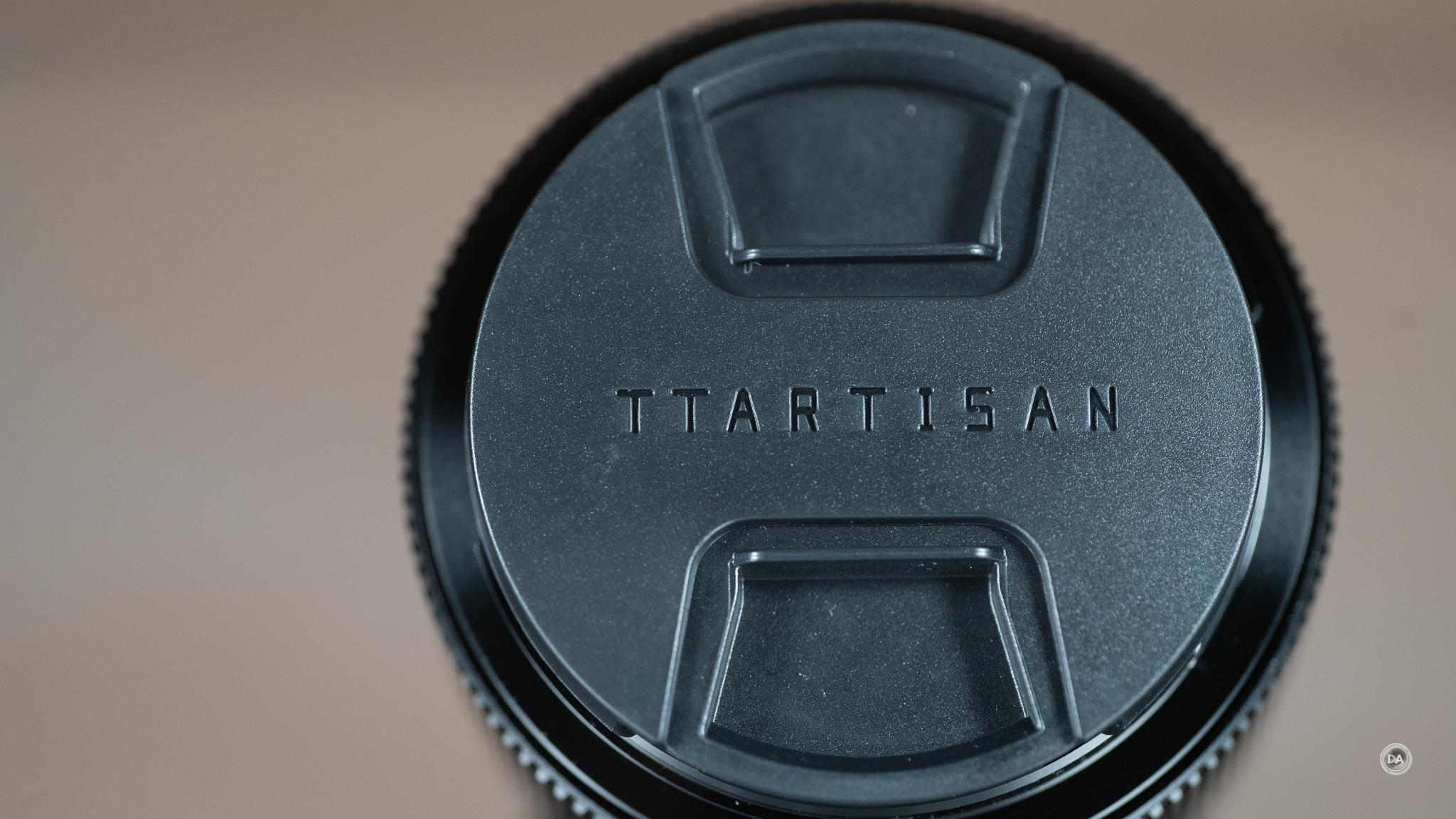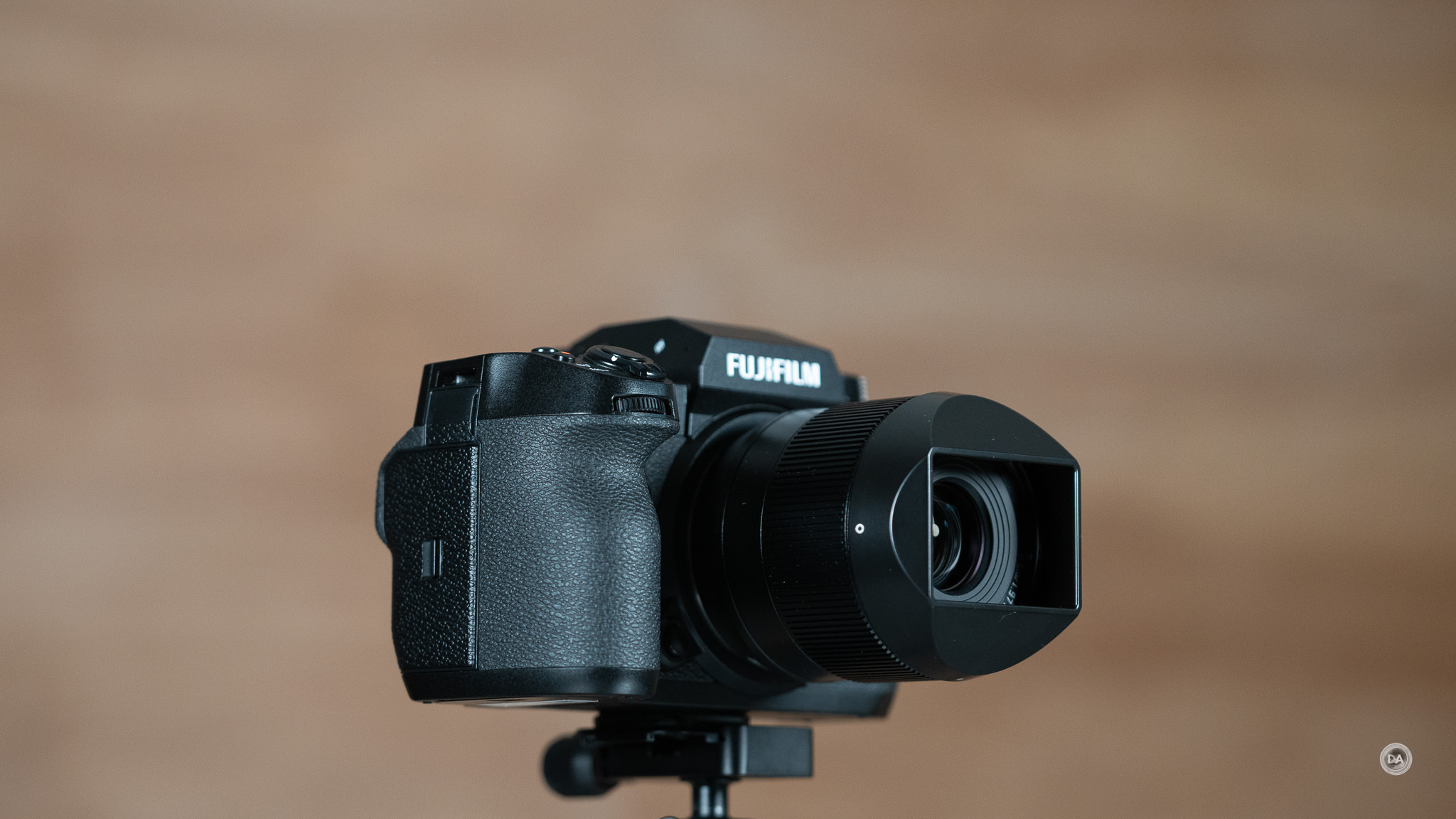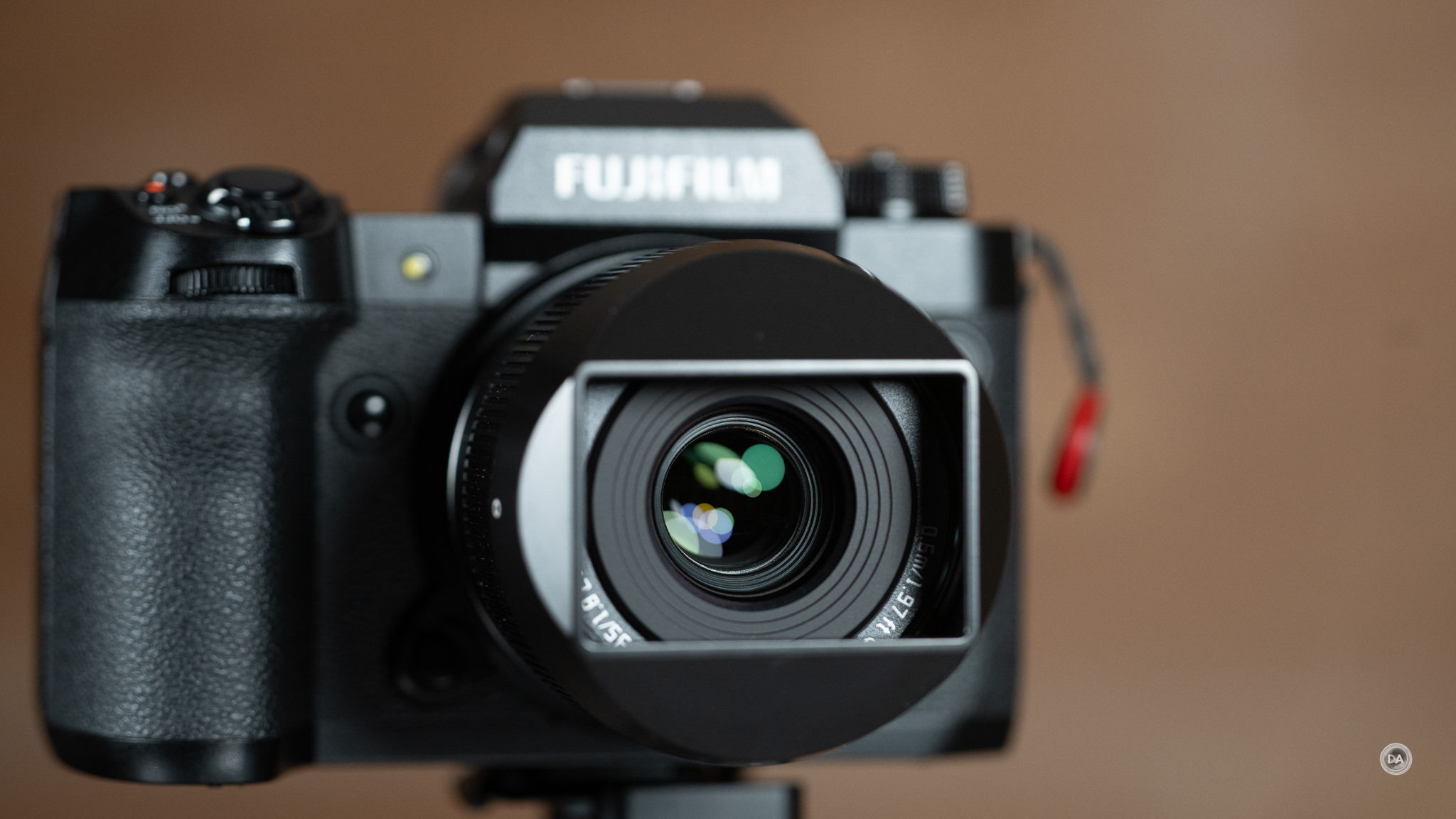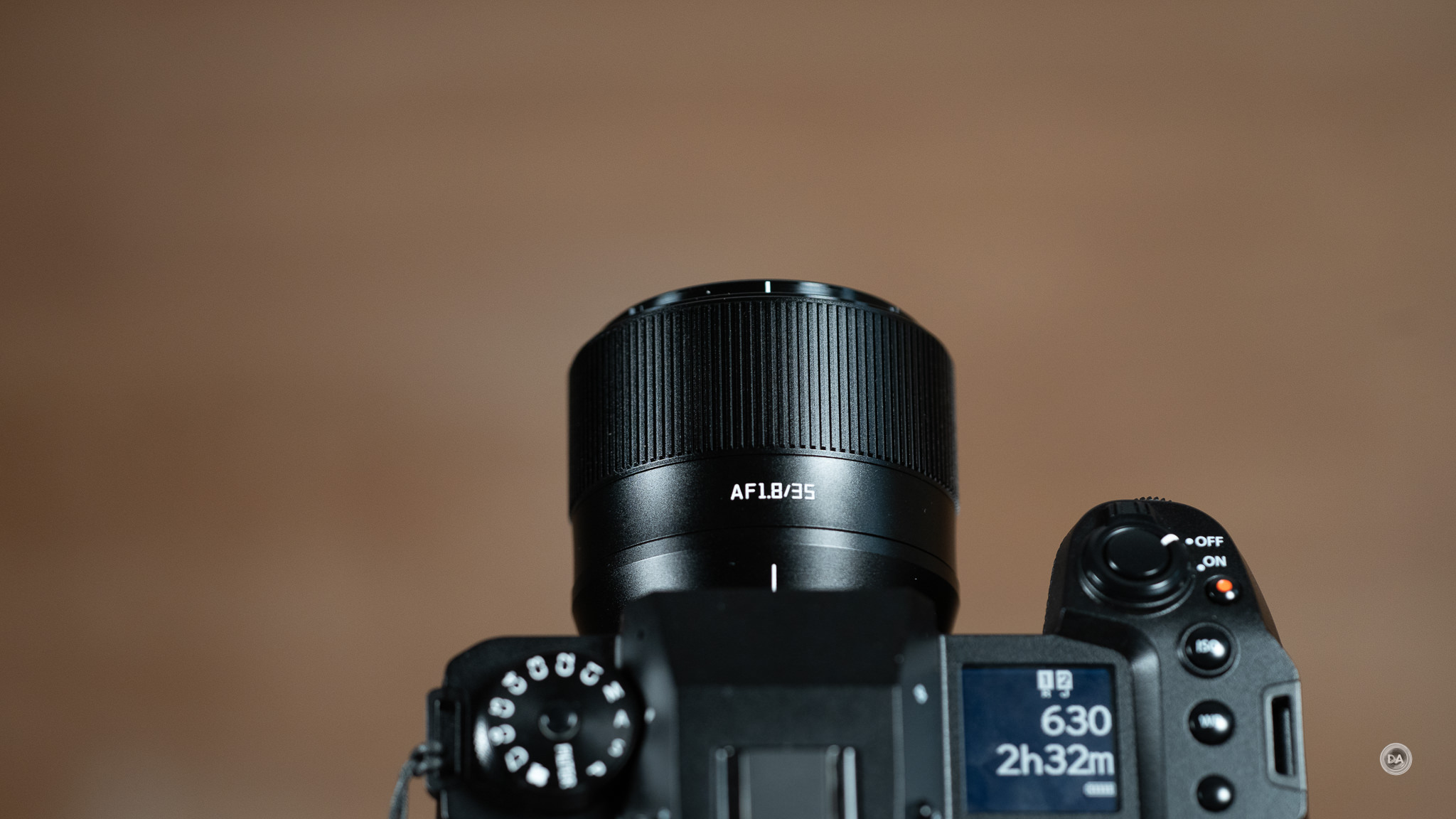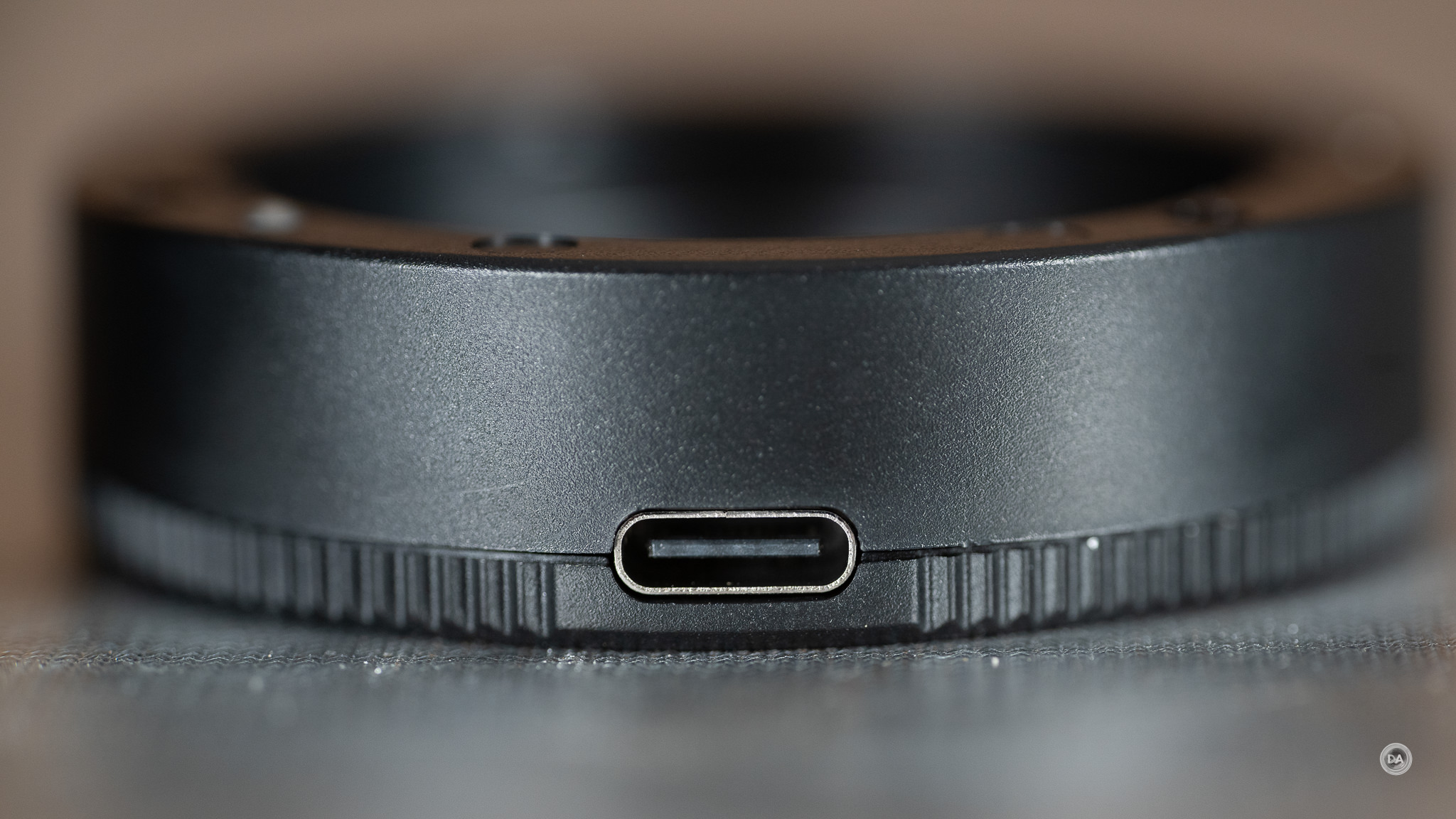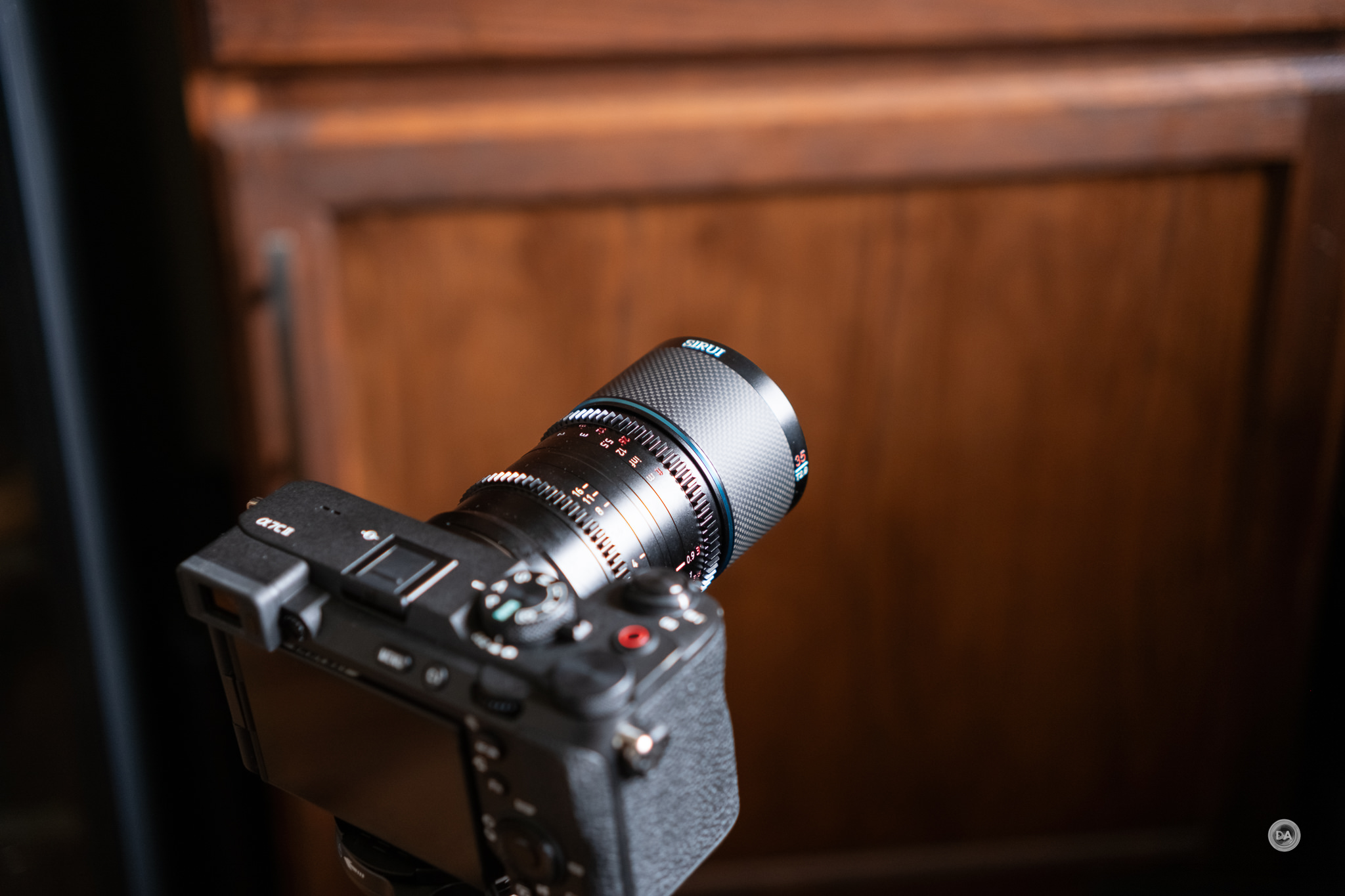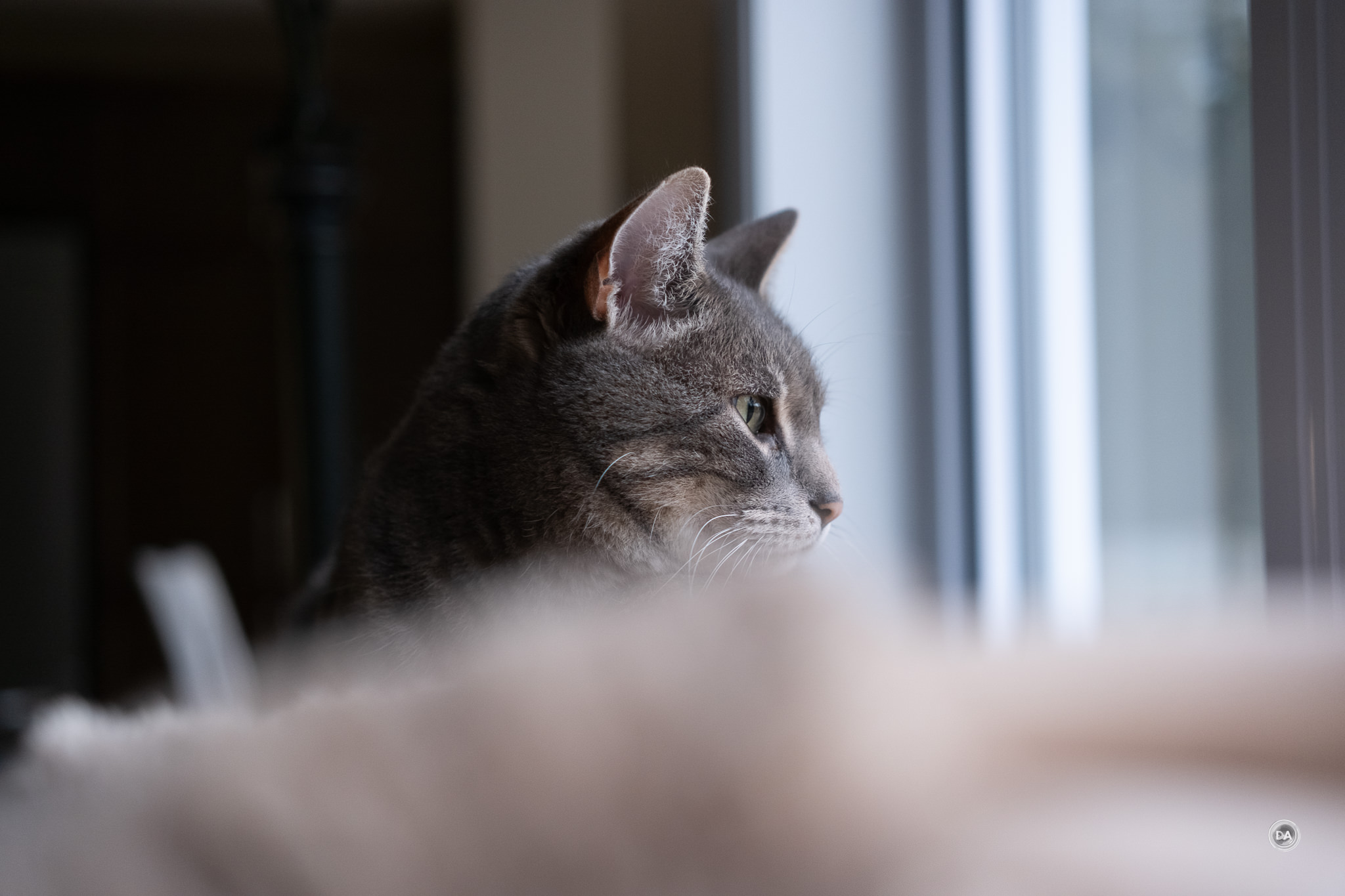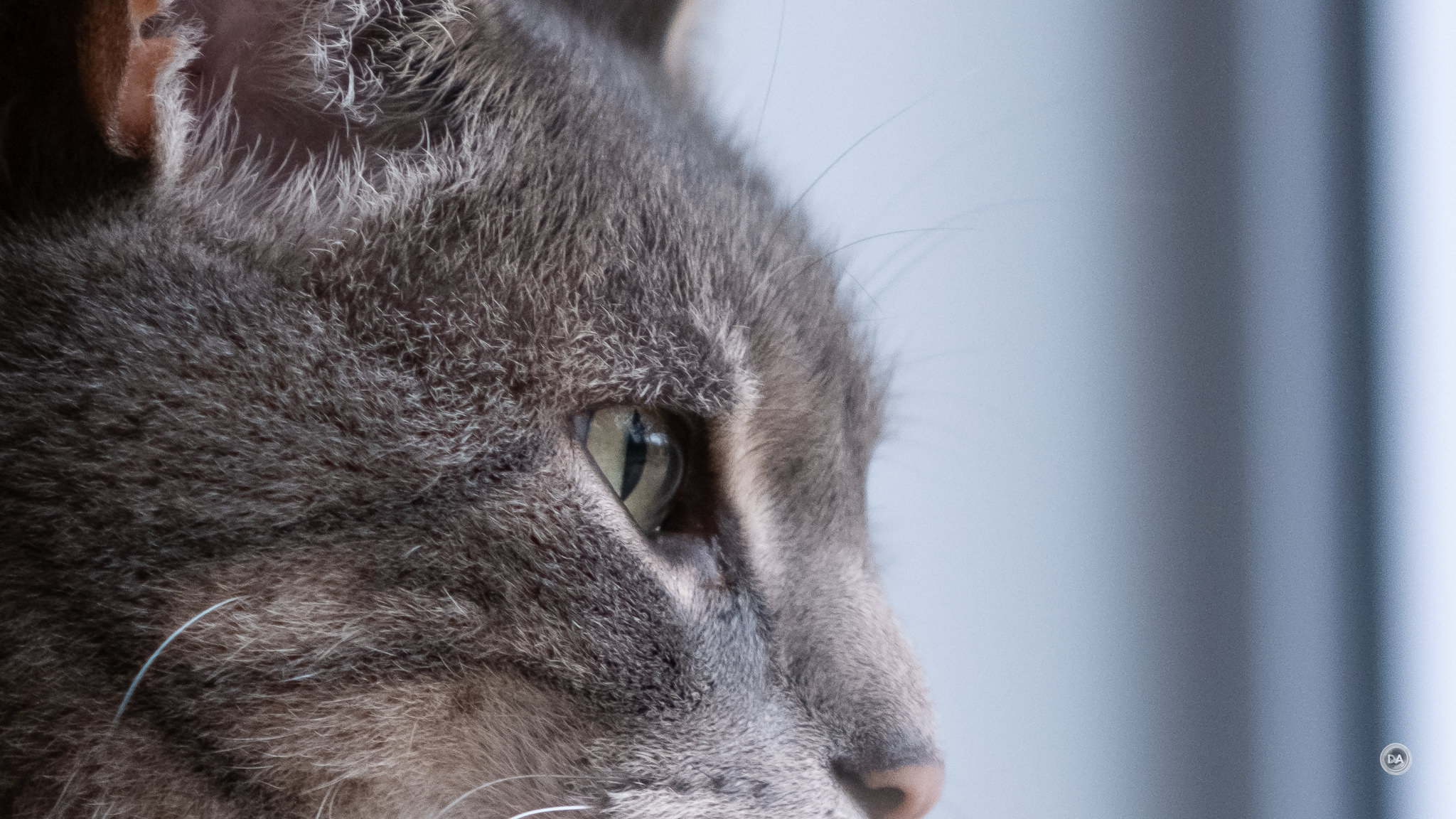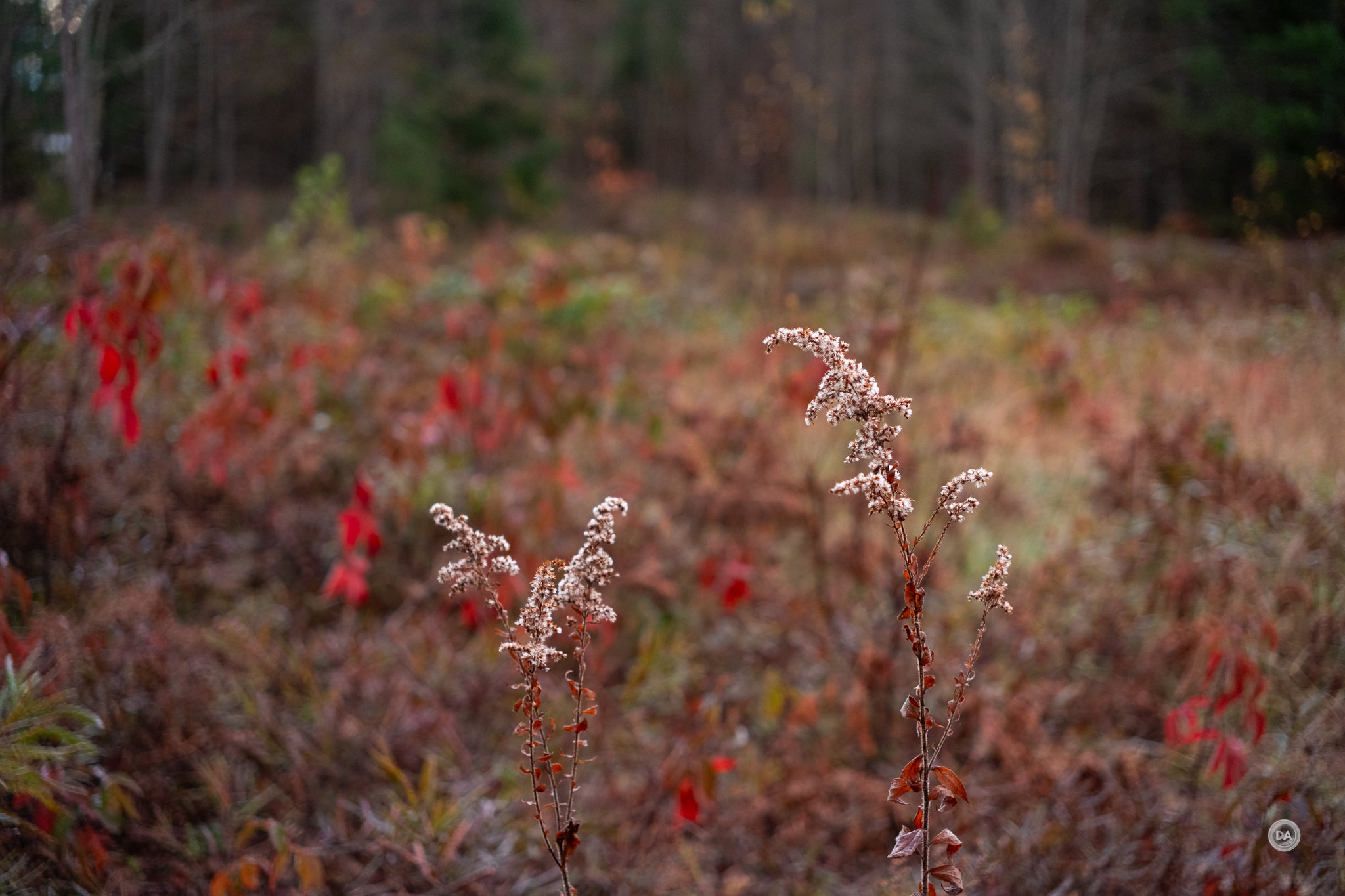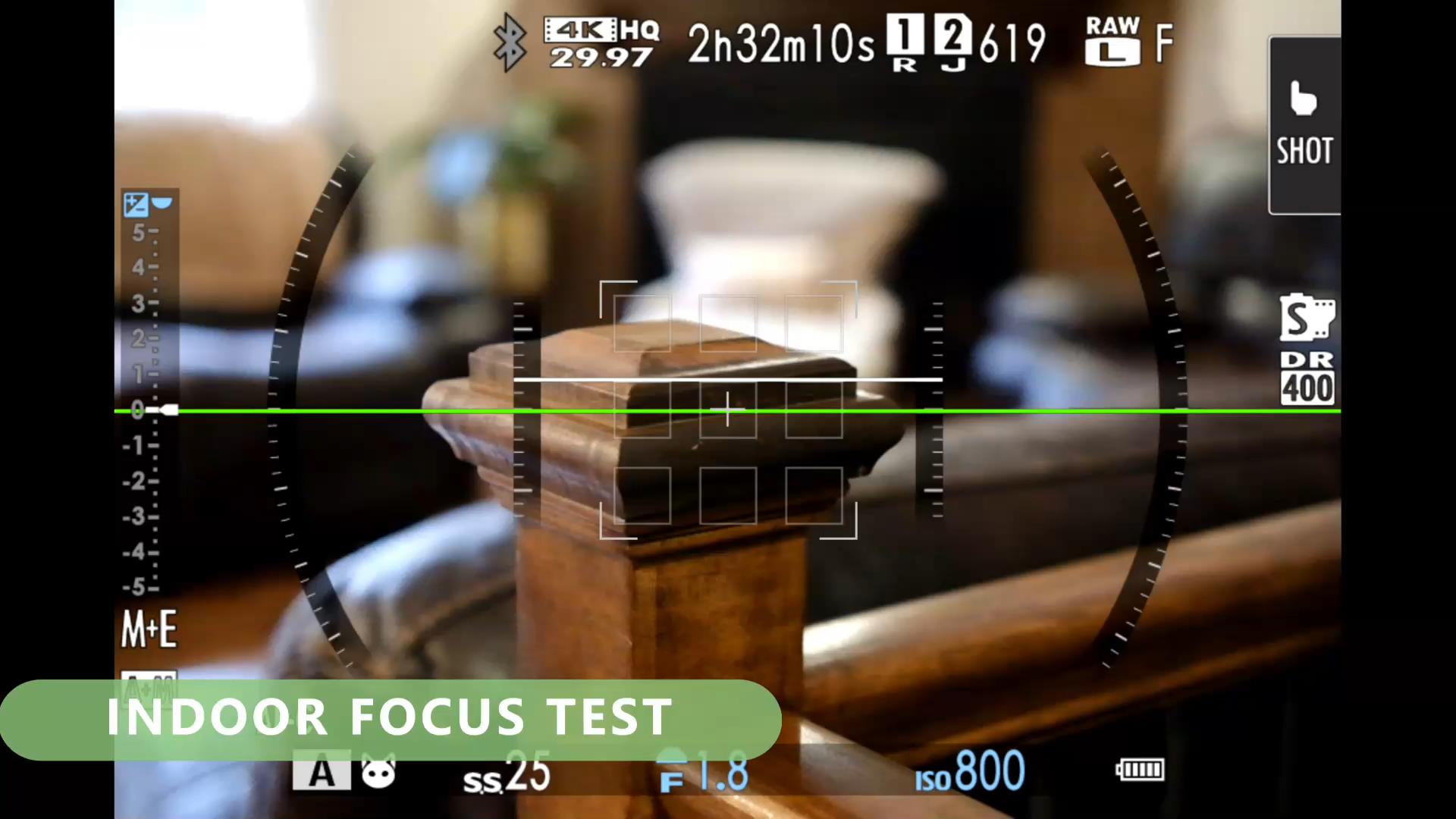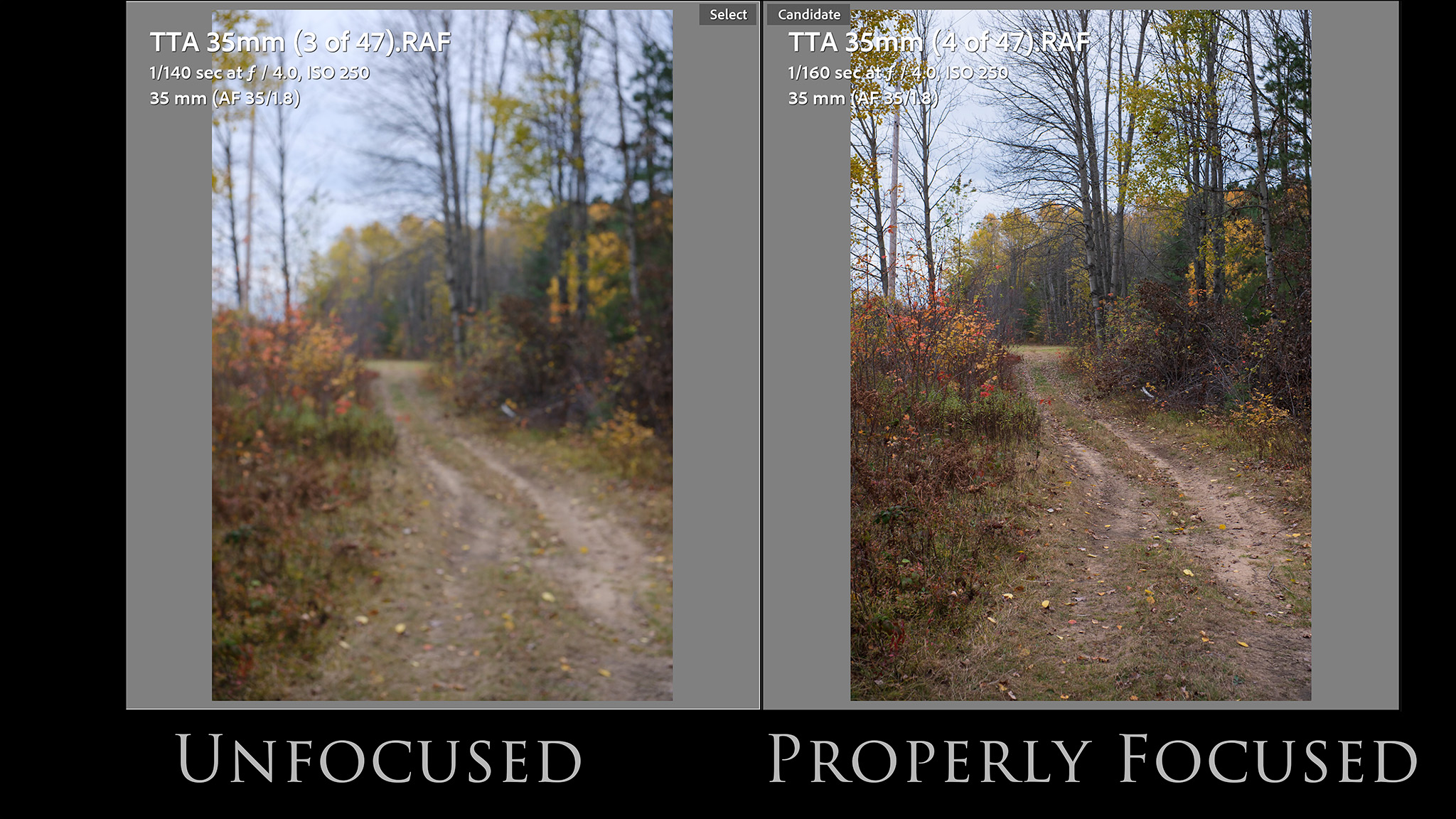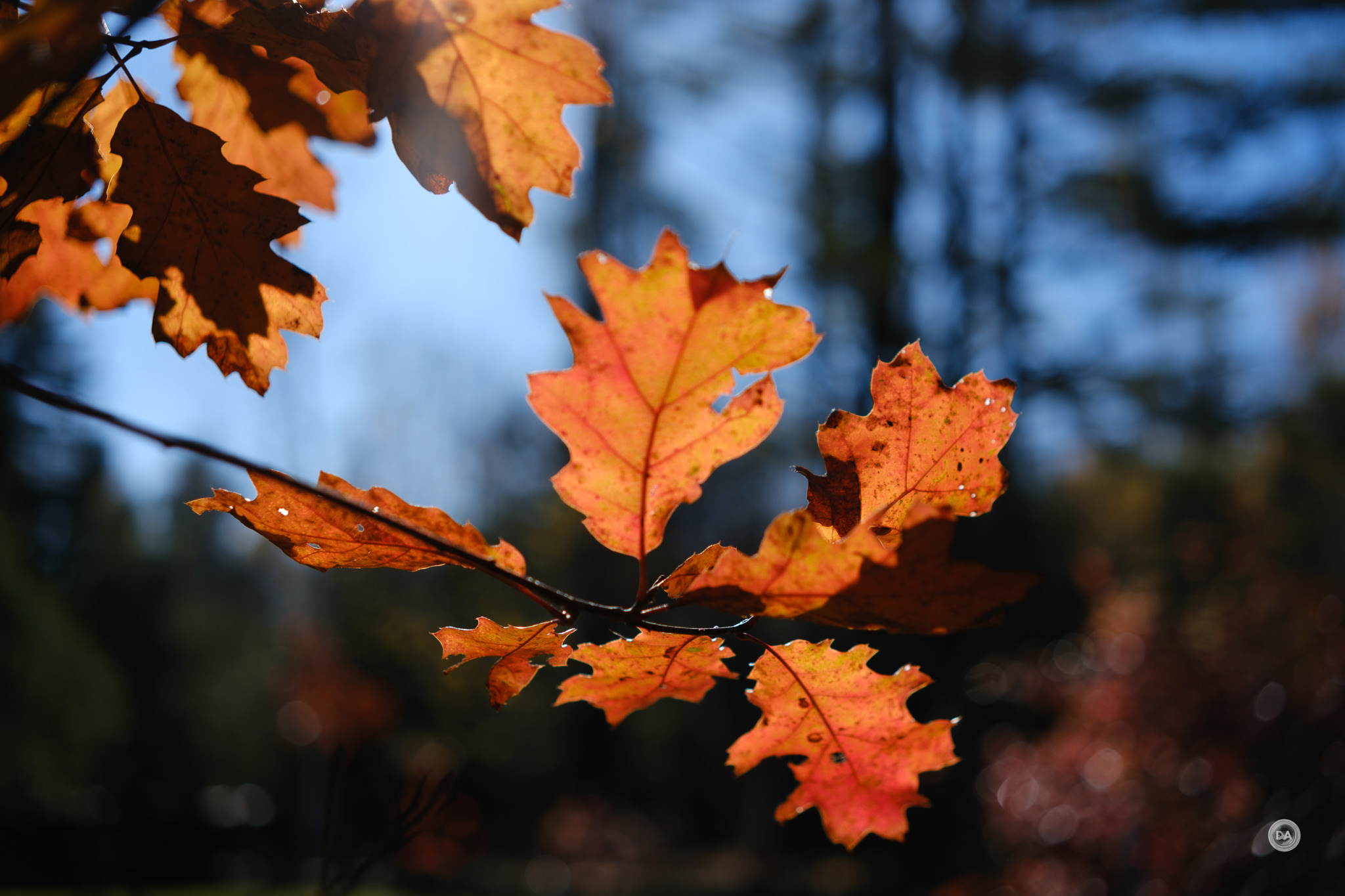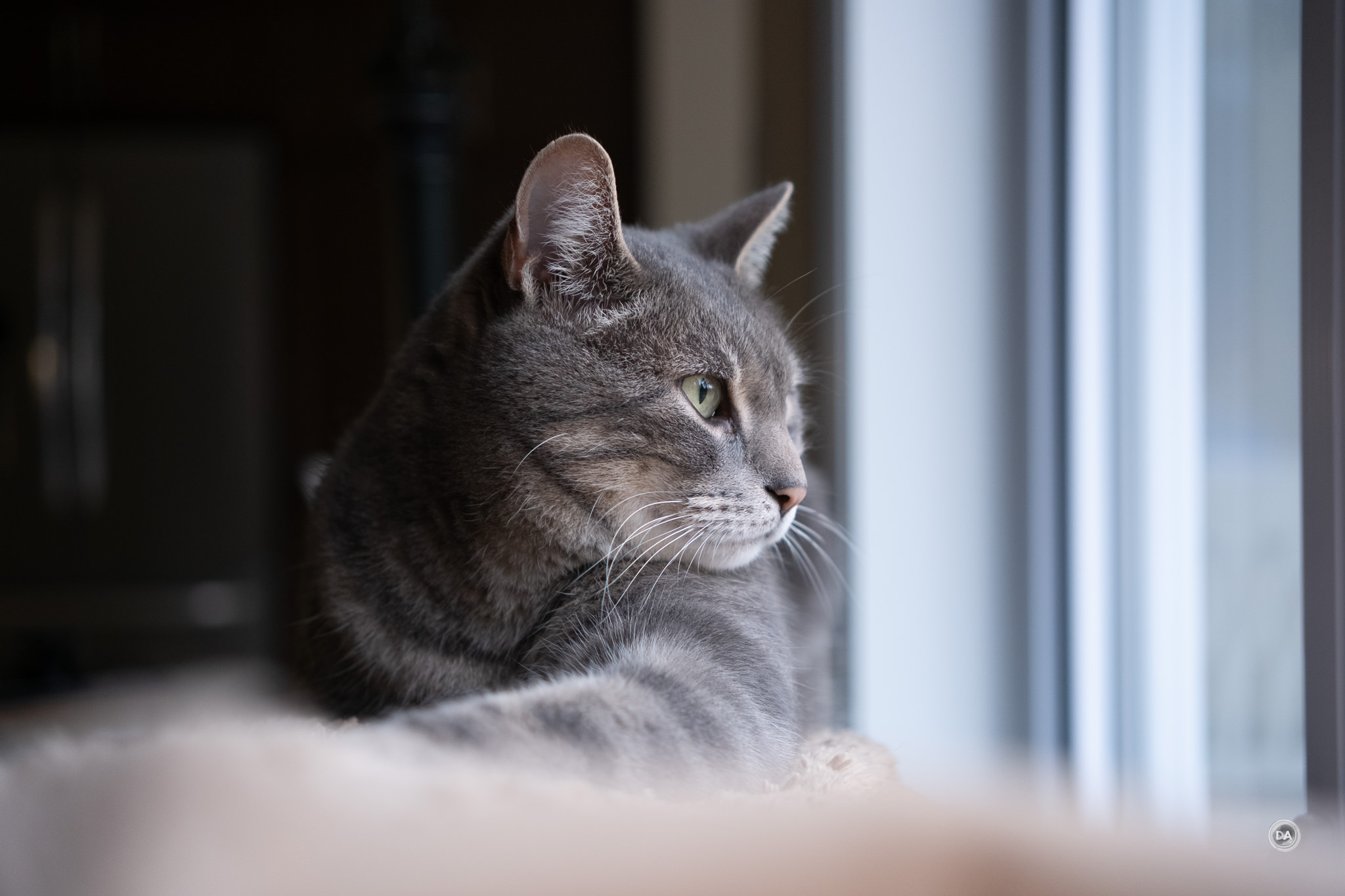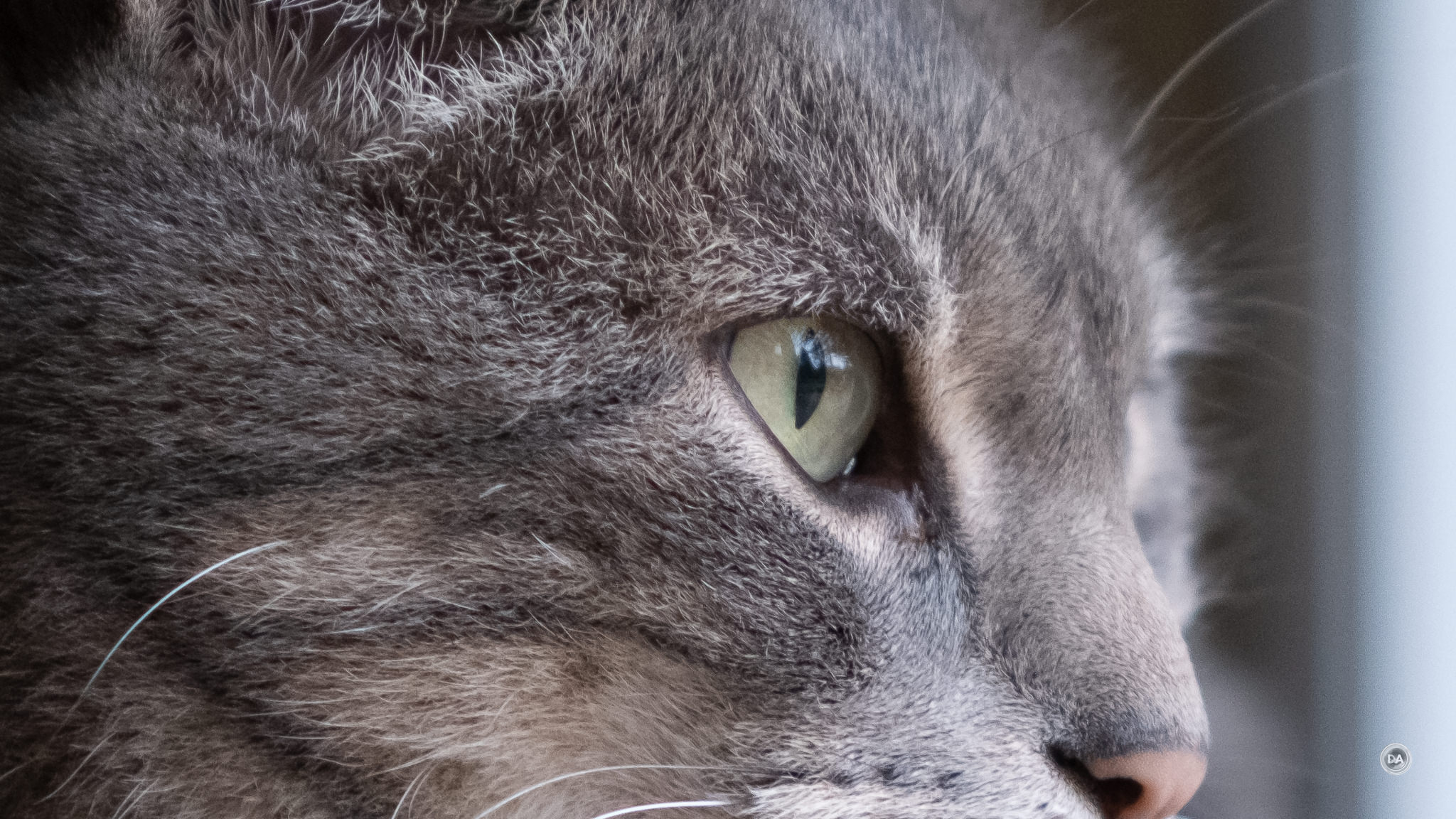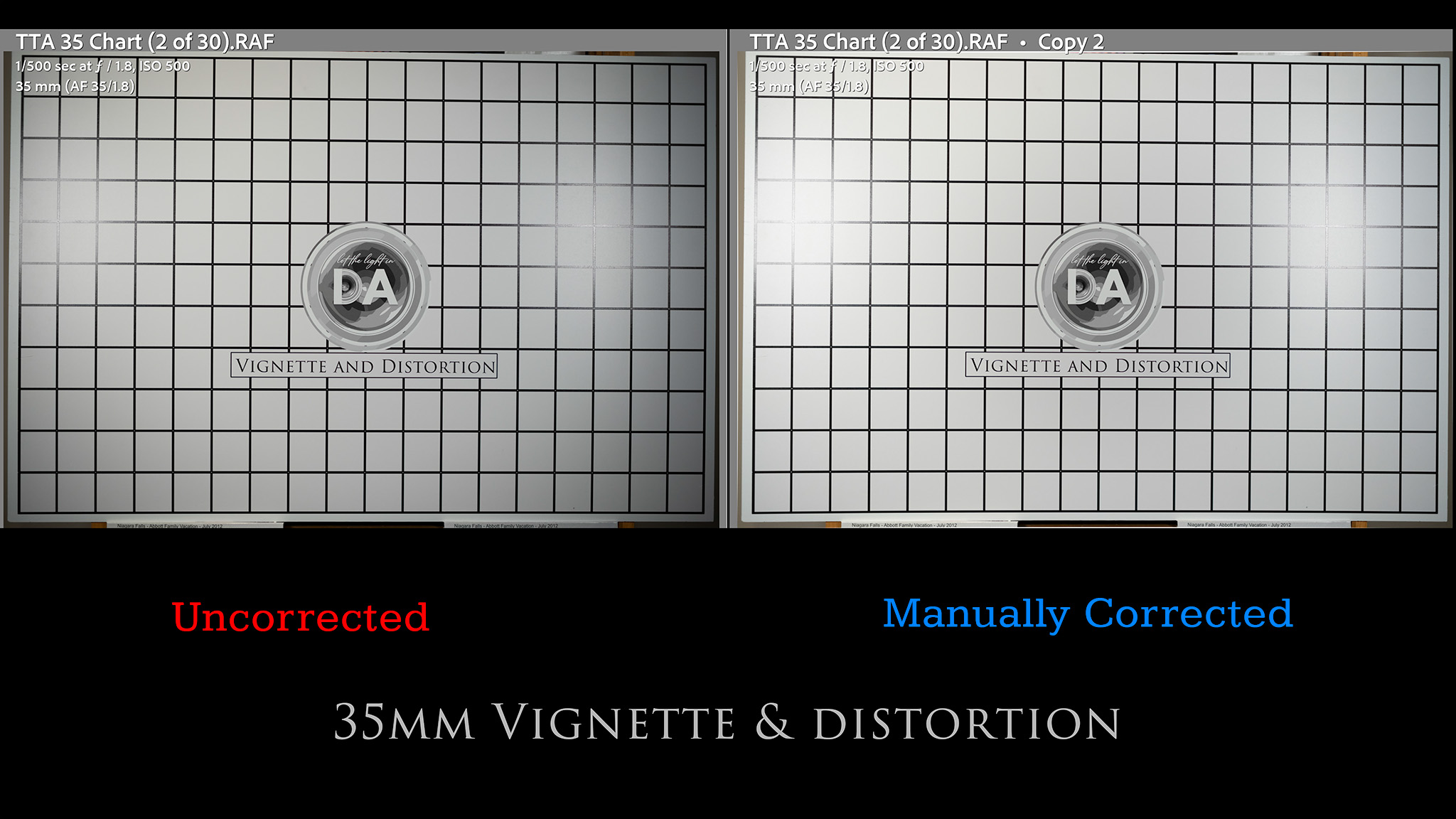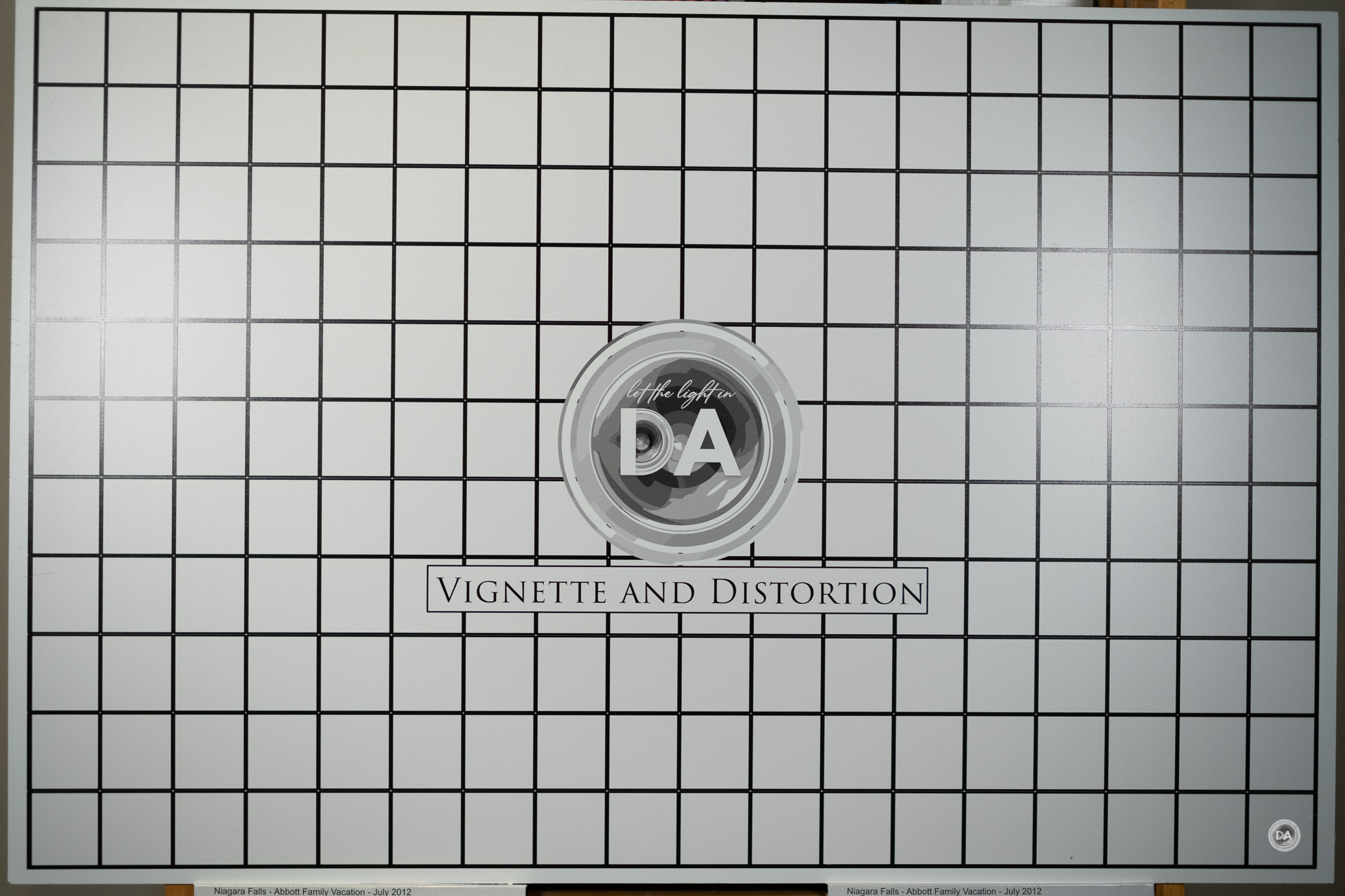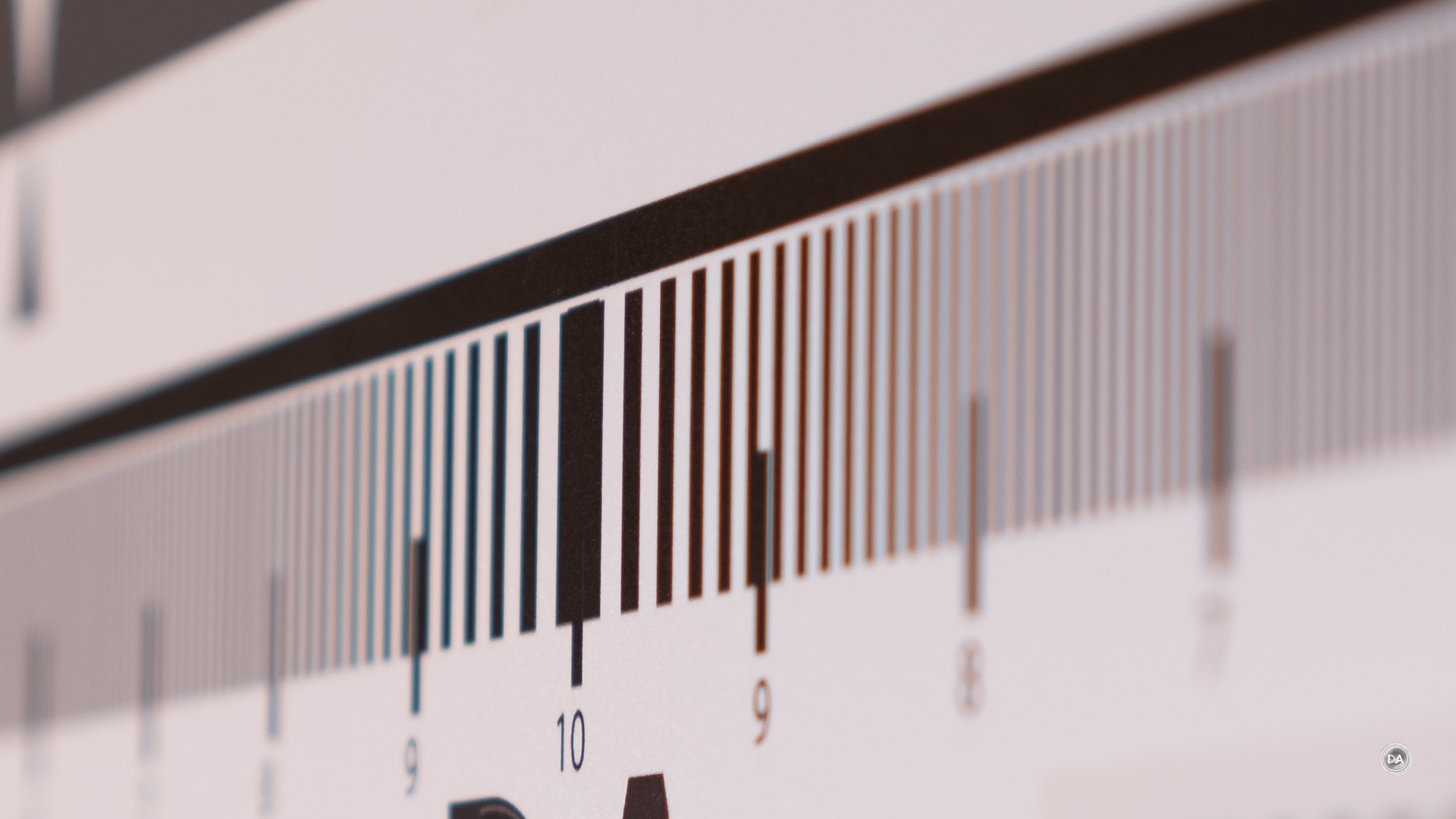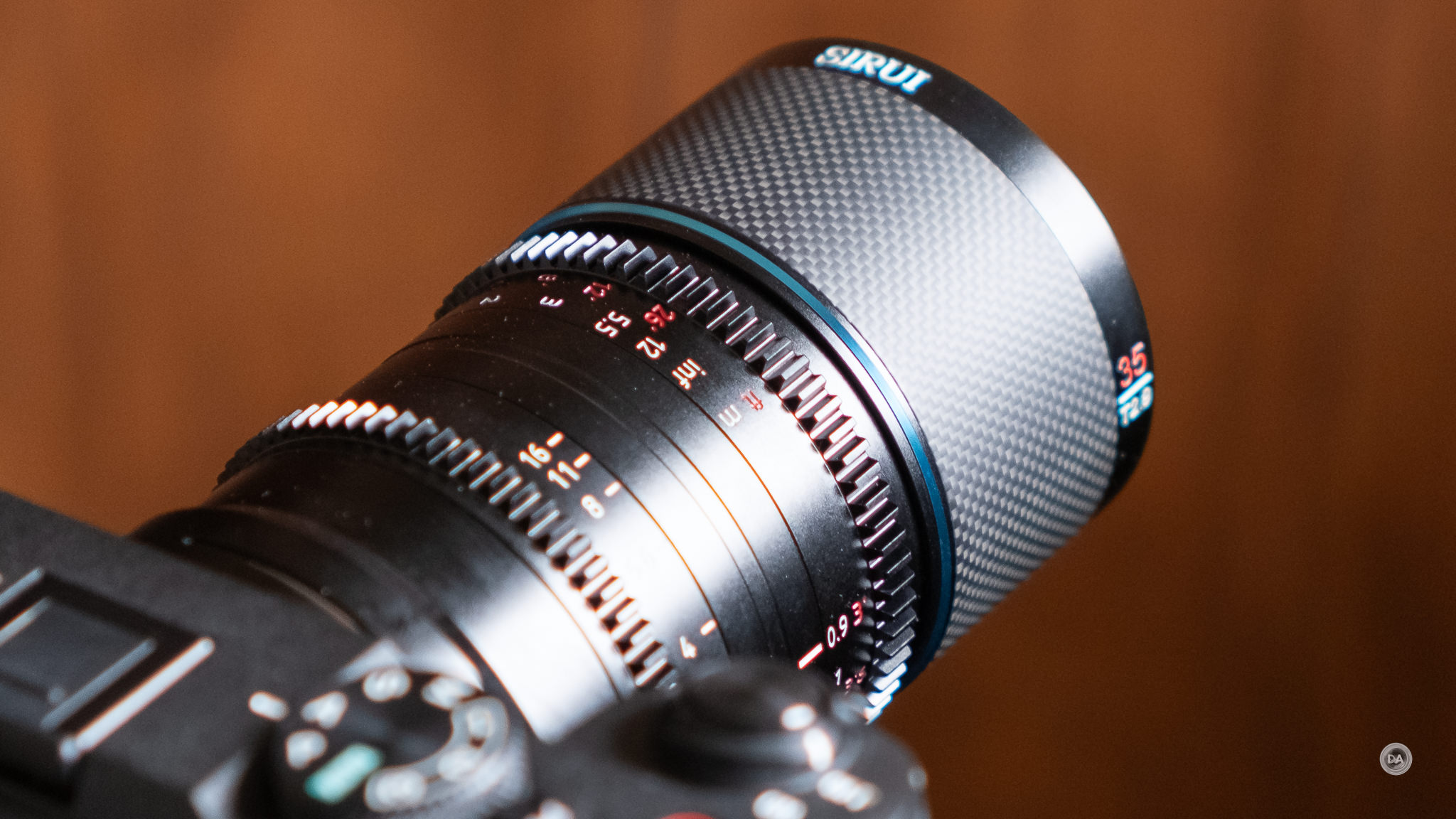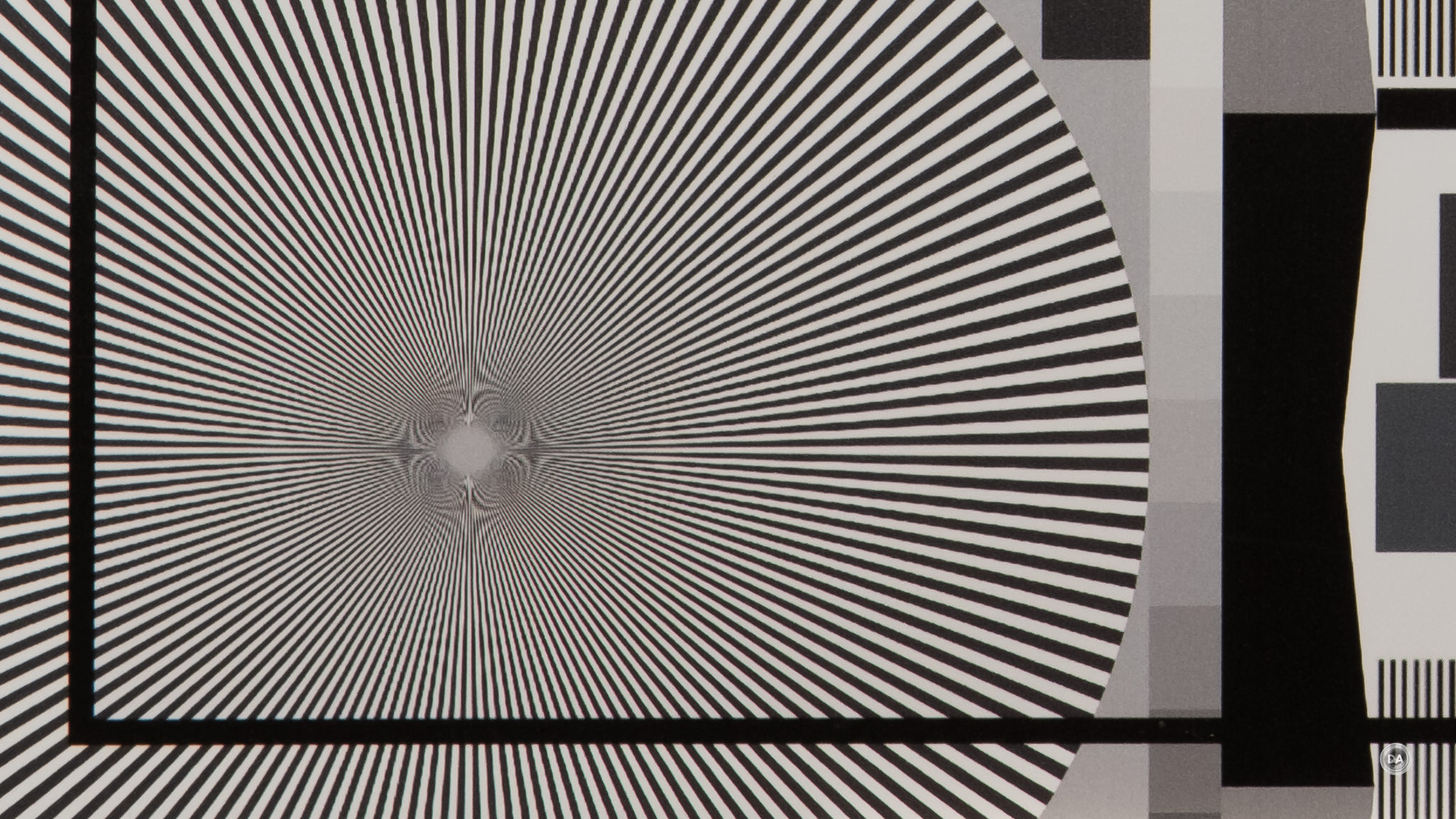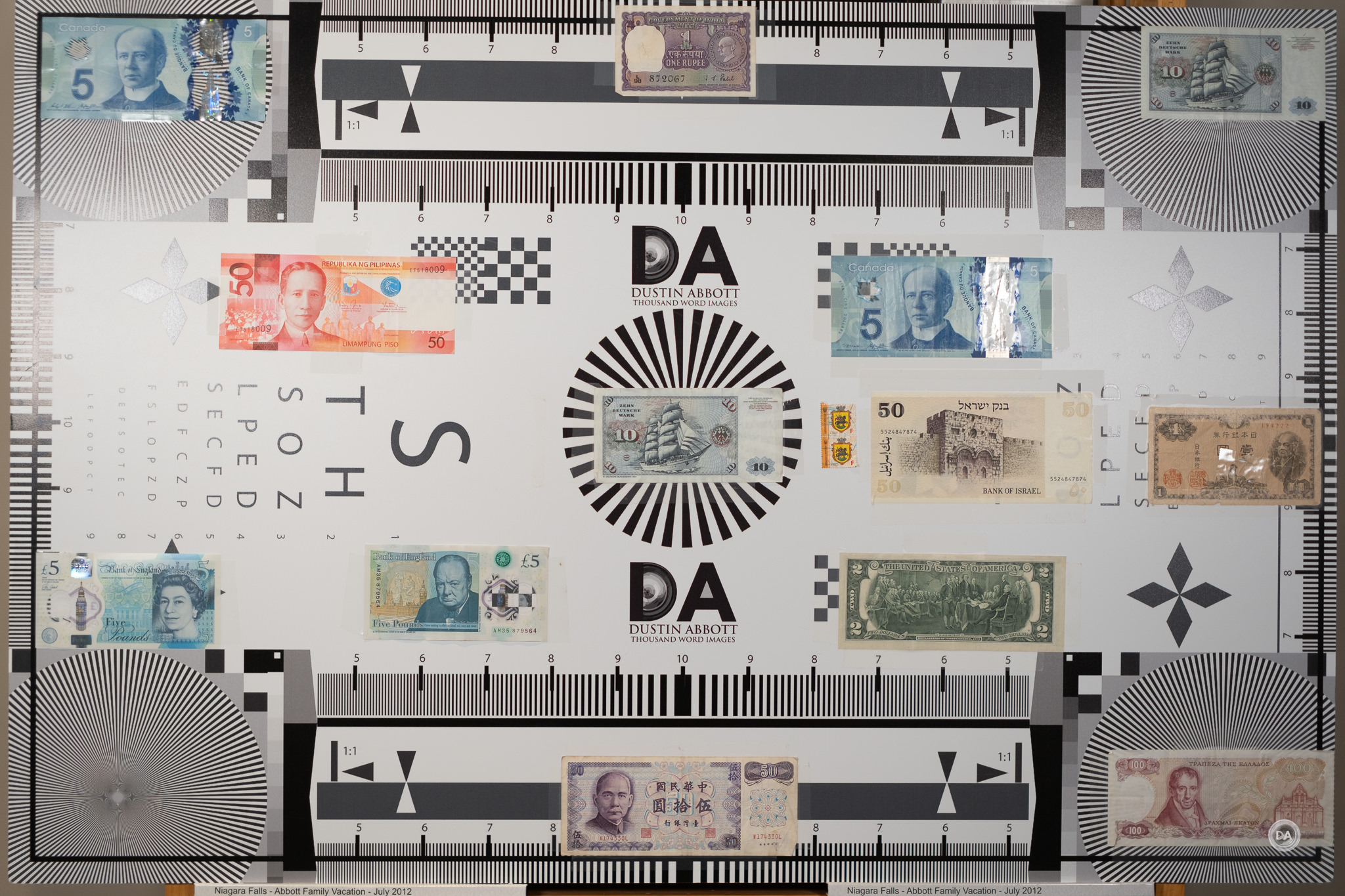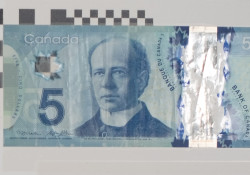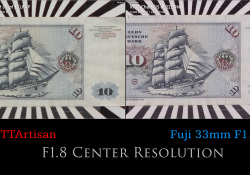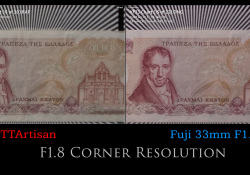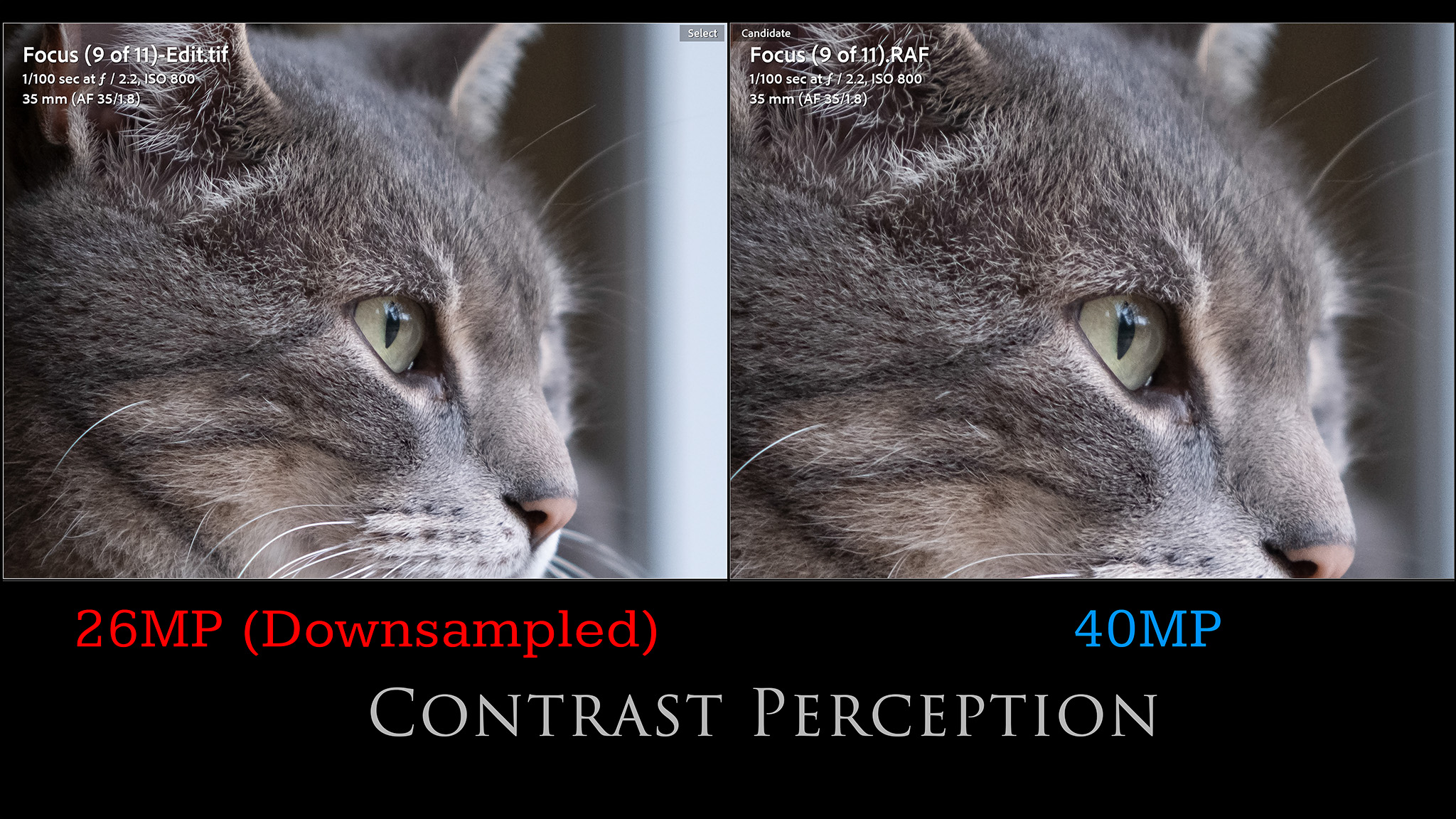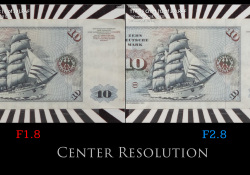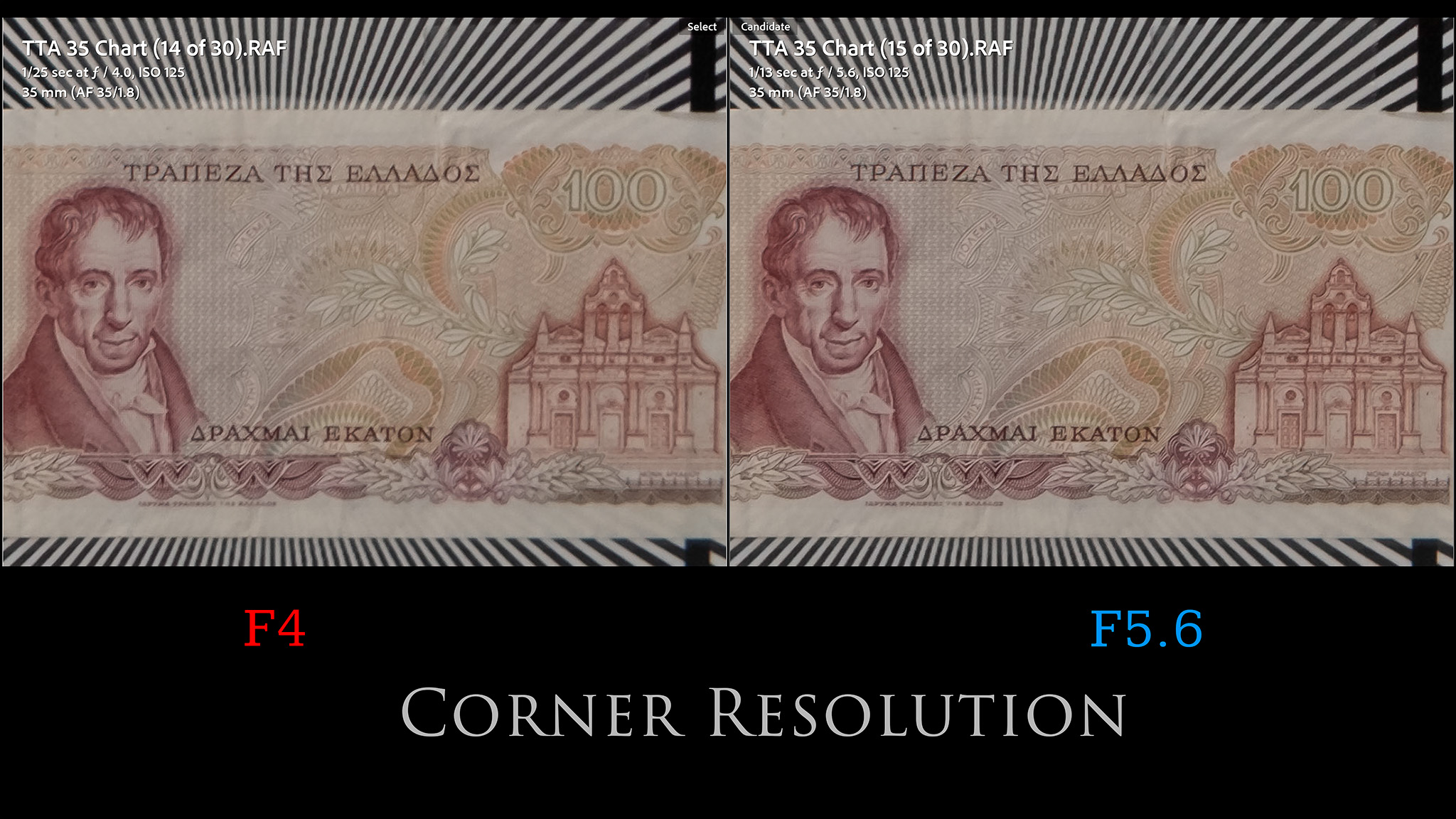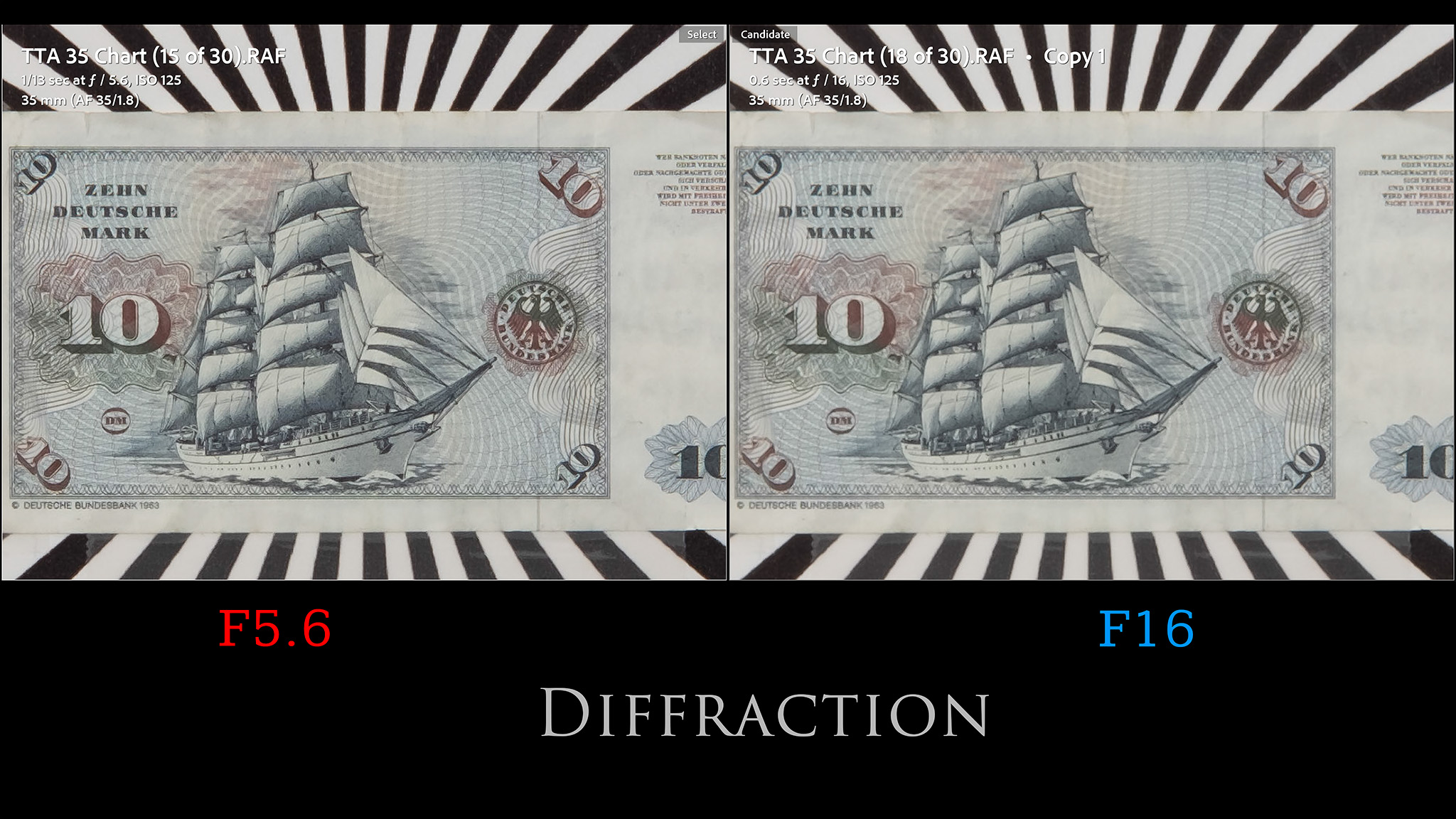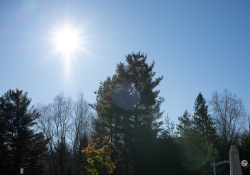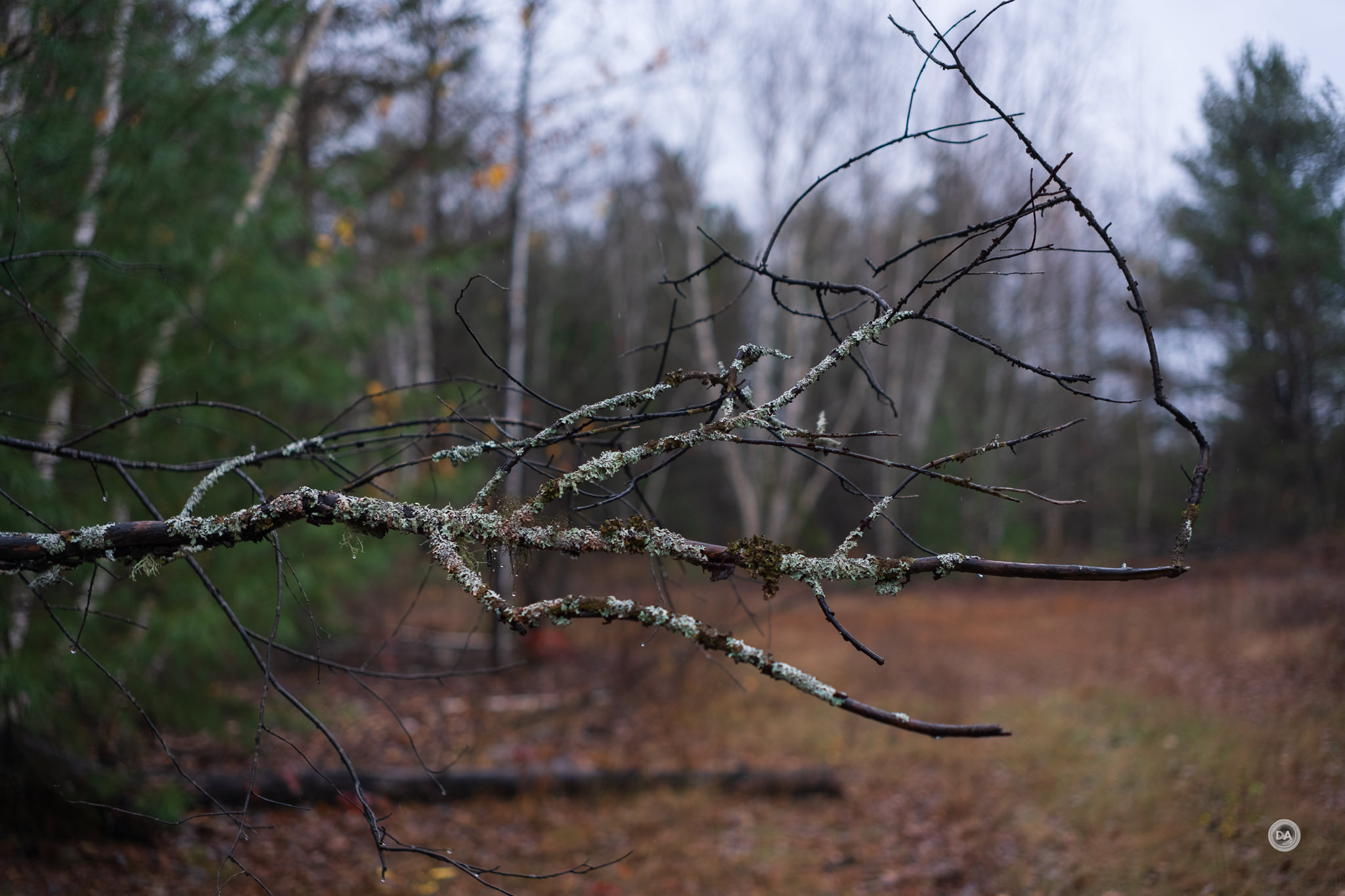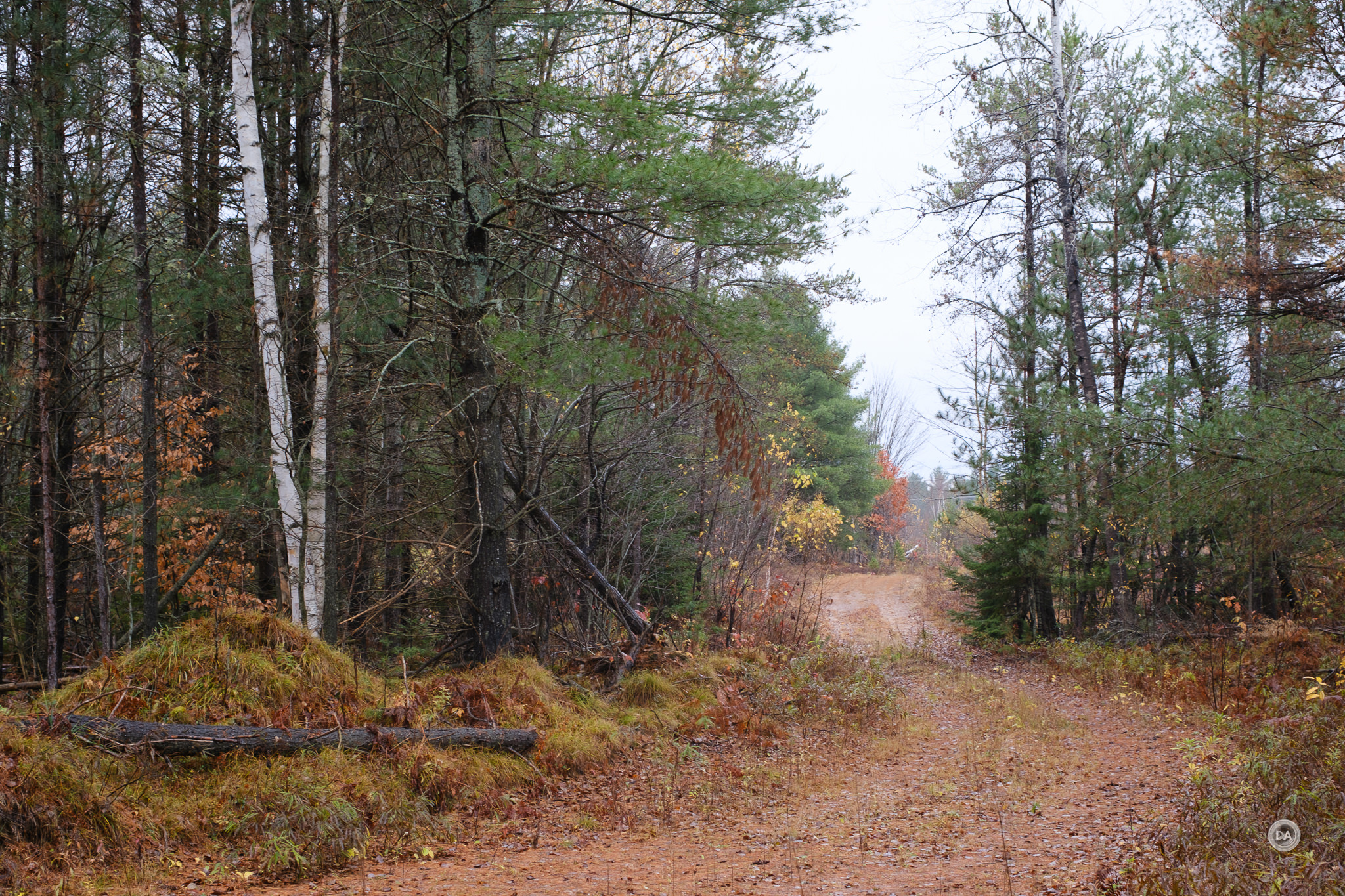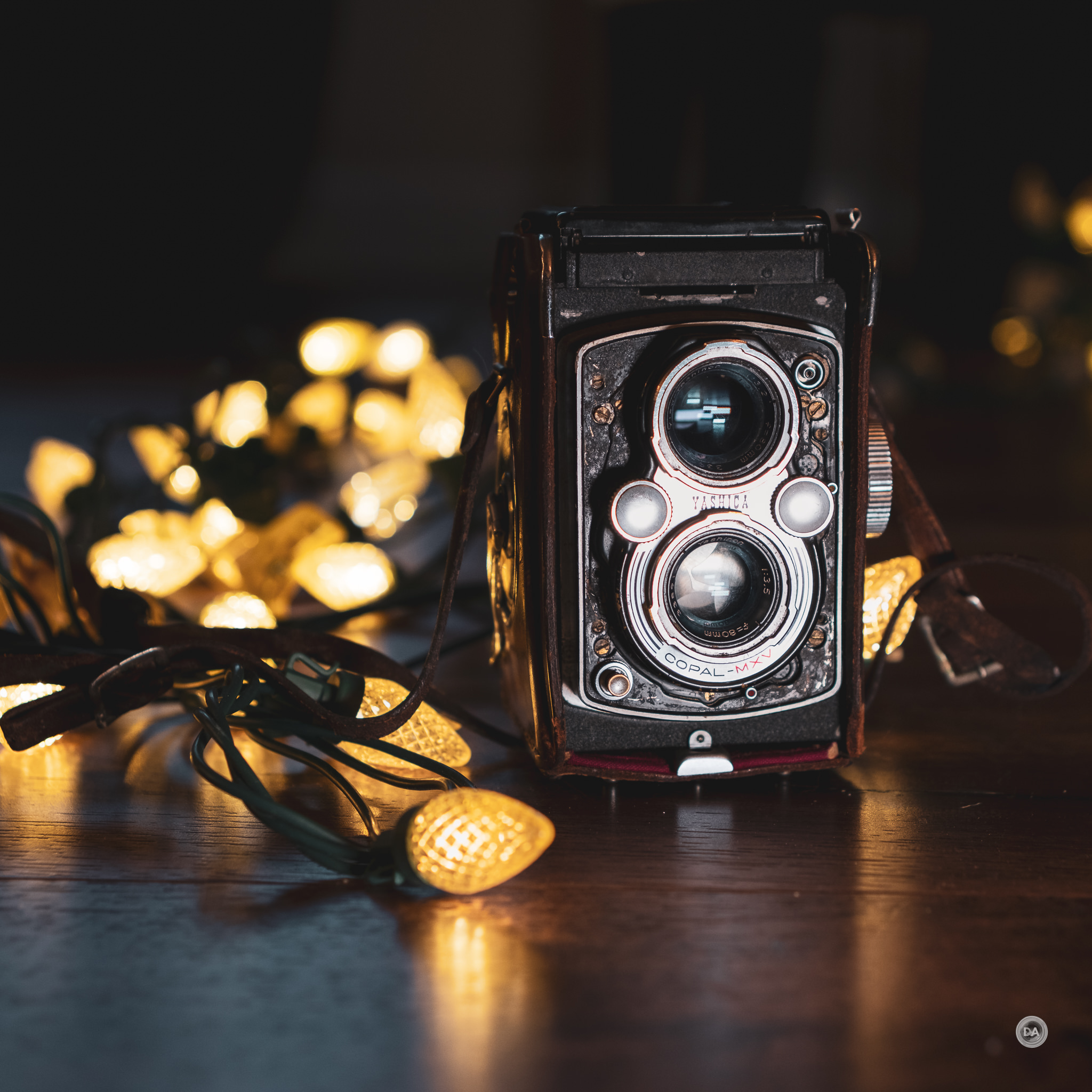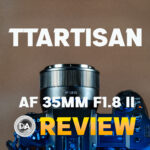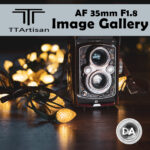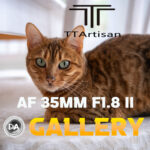TTArtisan is growing up. By my count, this is about the tenth lens from the company that I have reviewed. Most of these former reviews have fallen under the category of inexpensive manual everything lenses. No electronics, no autofocus, no bells and whistles…just surprisingly well made lenses with optics that are frequently much better than the price point suggests. They haven’t all been winners, obviously, but I’ve definitely been pleasantly surprised by the optics in a number of their lenses. But this tenth review is different because TTArtisan is graduating to autofocus lenses. That means full electronics and all of the additional complexity and engineering challenges that come with that move. Yet somehow they are offering this new lens – the TTArtisan AF 35mm F1.8 – at a bargain price of around $125 USD. Could this possibly be the new high value king for getting a roughly 50mm angle of view (45°) on various APS-C cameras like Fuji X (tested here), Sony E, or Nikon Z? Find out by watching my video review below…or just reading on.
Follow Me @ YouTube | Patreon | Instagram | Facebook | DA Merchandise | Flickr | 500px
Thanks to TTArtisan for sending me a review copy of this lens. As always, this is a completely independent review. All opinions and conclusions are my own. I’m doing this review on a 40MP Fujifilm X-H2 camera.
__________________________________________________________________________________________________
I’m doing this review on Fuji X-mount today, as that is what is TTArtisan had available to send me. In many ways this is jumping right into the fire, as there is no platform more optically demanding than the 40MP sensor on my Fujifilm X-H2. This is the equivalent of over 90MP on full frame, a resolution point that is currently 30+MP higher than what is even available on full frame. Can such an inexpensive lens keep up? The answer to that is largely going to depend on how much of a pixel peeper you are. It is as sharp as many Fuji branded lenses, but also won’t make the upper echelons of high performers on the 40MP Fuji sensors…a list that is thus far fairly short. It is certainly very possible to get some great looking images out of the lens…even at F1.8:
This is a nicely built little lens with a fairly decent (but not exceptional) autofocus performance. There are a few flaws here, but by and large I think this is actually quite a capable little lens, capable of producing detailed images.
Sound interesting? Let’s break things down in detail…
TTArtisan AF 35mm F1.8 Build and Handling
The TTArtisan AF 35mm F1.8 is fairly compact lens for an F1.8 lens, measuring just 60mm in length and 65mm in diameter (2.36 x 2.55″) and weighing only 200g (7oz). That’s impressive in that construction is actually very high here, with everything feeling like it is metal and glass.
In opinion, this is actually quite a handsome little lens. It has an anodized black finish and there is a subject design cue I like in the form of a subtle sculpting on the barrel before the focus ring.
This has practical as well as well as aesthetic value as it gives the fingertips a very natural place to rest. I find it has a nice tactile quality to it.
There are no switches on the lens barrel nor an aperture ring. That’s interesting, as their previously released 27mm F2.8 AF lens did sport an aperture ring. It’s possible that the aperture ring was something cut to allow them to keep the costs down on this particular lens. This makes for a very clear looking design, though I always like having an aperture ring and an AF/MF switch.
At the rear of the lens we have a metal lens mount complete with the appropriate electronic contacts; aperture will be controlled from the camera. Aperture control seems to work well; it is quick and responsive and the aperture iris blades are not noisy
There are nine aperture blades that do a reasonable job of maintaining a circular aperture. Here’s look stopped down over 3 stops at F5.6:
Up front we have a fairly stylish looking front façade complete with 52mm filter threads.
The included lens cap has a new font for the TTARTISAN logo imprinted on it, and I think it looks smart and modern.
Decidedly less modern (and much more odd) is the design for the lens hood. It has a very strange design that closes down into a rectangular opening up front.
On a positive note, the hood is made of a matching metal and is a nice aesthetic match at least as far as the finish and materials go. When mounted you can use neither filters nor the lens cap, so you’ll have to make some difficult decisions there.
Like I said, odd.
The manual focus ring is another positive, however. It is ribbed in metal and moves with a nice amount of resistance. The active focus area will automatically magnify when you start to focus, and this helps visually confirm accurate focus. Focus throw feels like it is somewhere near 160° of rotation.
One final interesting design element is that the rear lens cap has a USB-C port along with electronic contacts inside and will actually allow you to do firmware updates to the lens through a computer. It’s an interesting alternative to having a USB-C port built right into the lens, though I do slightly prefer the built-in option in case you lose the rear lens cap at some point. I’ve seen a similar approach to firmware updates through the rear lens cap with the Techart LM-EA9 adapter I reviewed a year ago.
One core weakness for the lens is a rather poor minimum focus distance of 60cm. This feels very restrictive, as there were a number of times when I felt like I should be able to get closer to my subject than I could. The maximum magnification figure is not noted, but it looks to be in the very low 0.10x range.
This was literally as close as I could get to this unique new Sirui lens with a carbon fiber section on it.
That, to me, may be one of the most limiting aspects of this design, as it takes away a lot of the type of shots I personally like to take with this focal length.
Not a lot of bells and whistles in the design, but the basic building and handling of the lens is really quite good. We’d be raving if a lens like Canon’s RF 50mm 1.8 STM was built this nicely!
Autofocus Performance
TTArtisan has equipped the AF 35mm F1.8 with an STM (stepping motor). Fuji is not my favorite platform for autofocus, but for the most part autofocus works pretty well here. There is a faint whirring sound during autofocus changes, but I could mostly only hear it in a very quiet environment.
Autofocus accuracy was fairly good, and you can see here that even in profile that autofocus correctly grabbed the iris of the eye.
I got precise autofocus with other subjects in nature as well, and without a lot of drama in getting them.
I tested focus speed both indoors and outdoors, and my impressions are that focus speed is averagely fast. It’s not instantaneous like the lenses equipped with the best linear motors, but neither is it slow. There is a split second pause while inertia builds and focus takes place, but the focus transition is then pretty snappy. There is no visible stepping apparent. Focus speed was a little faster outdoors in excellent light than what it was in my indoors test.
My typical focus process is an initial halfway hold to achieve focus before finishing clicking the shutter release (similar to those who use a backbutton focus). This process typically allows me to confirm I’m getting focus where I want before taking the photo, so I’m able to have a little more control over my composition and end up with very few improperly focused images. I did find on a couple of occasions that my finger must have went ahead the fully depressed the shutter, and, because of that initial lag, the camera actually snapped an unfocused shot rather than completing focus. The image on the right shows the difference when focus was completed.
This was typically rare, however, and for the most part my autofocus for stills was pretty effortless. My one caveat is that I would not choose this lens for capturing fast action, particularly if that action happens in erratic, non-linear fashion. I don’t feel like the AF is reactive enough to work well in that kind of setting.
Video AF is interesting with the TTArtisan AF 35mm F1.8. It’s clear that TTArtisan has really detuned focus speed to allow for smoother focus transitions and more focus accuracy at lock. Focus pulls are not fast, but they are smooth and without any visible steps. You can hear a very quiet whine in the on camera mics in a silent environment as the focus motor does its work. There is a noticeable amount of focus breathing that takes place.
My hand test (where I alternately block and then unblock the camera’s view of my face with my hand) further enforced those perceptions. The downside was that I needed to be very deliberate in leaving enough time for the lens to transition from my face to my hand and vice versa, but the upside was that the lens did accurately focus on both. If your video style utilizes quick transitions, this lens will not be for you, but if you prioritize smooth, more cinematic focus transitions, I actually think this inexpensive lens does a pretty nice job.
Shooting into strong backlighting for video or stills can induce a bit of focus adjusting, but there’s an even more compelling reason to avoid that….and that is in the form of massive lens flaring that we’ll get to in our image quality section.
The bottom line on autofocus is that it really is pretty good for A) such an inexpensive lens and B) being from a company that is just learning how to build autofocus motors. My experience with many of these companies is that they are fast learners; between firmware updates and new designs in the future, expect TTArtisan to get a lot better at autofocus very quickly. But, in the meantime, this is a perfectly usable lens so long as you don’t push the limits too much.
TTArtisan AF 35mm F1.8 Image Quality
The TTArtisan AF 35mm F1.8 has an optical design of 10 elements in 8 groups, which includes one ED element along with two high index elements. The MTF shows that the wide open the lens isn’t incredibly sharp in the center of the frame, though there is a minor boost as you hit the beginning the midframe and then a dip right at the edge of the frame. The stopped down performance at F8 delivers a much flatter sharpness profile this is most improved in the corners, then the midframe, though, surprisingly, the center only sharpens up a bit at F8.
As noted in the intro, testing this on a Fuji 40MP APS-C sensor is an extreme torture test, so we’ll see how it handles resolution higher than the 30 lp/mm projected here. I do think that my real world tests seem fairly consistent with the MTF results with good but not exceptional resolution and contrast.
There’s more to lens performance than just pure sharpness, though, and for such a small budget the TTArtisan 35mm F1.8 can produce some nice looking images.
We’ll dig into the details by taking a look at vignette and distortion. There’s not much to see in terms of distortion (only a +2 to correct) but a fairly significant amount of vignette (+79)
Interestingly, there seems to be a correction profile available in Lightroom already. It does not designate the lens as being TTArtisan, but does identify it as the AF 35mm F1.8, and there is no corresponding lens made by Fuji. The profile does a good job with the distortion, though I wouldn’t mind a bit more vignette correction, myself.
Longitudinal chromatic aberrations are a bit of a concern. You can see some fairly pronounced fringing before and particular after the plane of focus here.
You can see that fringing show up on some of the textures of this lens shot (see the “Sirui” and T2.9″ near the front of the lens.
Lateral chromatic aberrations show up near the edge of the frame in transitions from dark to light areas. You can see from the edge of my test chart that there are minute amounts of fringing, but not enough to be a factor at all.
So how about resolution? The 40MP Fuji X-Trans sensor tends to make all but the very sharpest of lenses look a little soft under the microscope of my tests, so be warned. I examine results at a 200% magnification, and that’s a lot to ask of any lens, much less one that costs little more than $125. Here’s a look at the test chart:
And here is a look at F1.8 crops from the center, then mid-frame, and then extreme lower right corner:
What we can see is that there is a decent amount of resolution in the center of the frame and the midframe with a drop in the ability to resolve fine details in the corner. What we can also see is that contrast is not particularly good anywhere, so the textures information doesn’t really “pop” anywhere.
This is roughly what you’ll see with real world results, too. Things look fairly good, but without the ability to finely resolve details.
But, like I said, that resolution point is very unkind to anything short of optical perfection. For some perspective, however, If I compare to the $800 Fuji 33mm F1.4 (at F1.8), I get these results.
The Fuji is a very recent lens and one of Fuji’s sharper primes, and you can see that while it is definitely better than the TTArtisan, it isn’t radically so. That Fuji sensor is VERY demanding!
If you are shooting with a 40MP Fuji sensor and are a pixel peeper, you may not be satisfied with what you can get out of the TTArtisan AF 35mm F1.8, but if you are shooting with a 24/26MP sensor from Fuji or Sony (or definitely with a 20.9MP sensor from Nikon), you may get a different feeling. I downsampled a 40MP image to 26MP and then compared at 100% magnification.
You’ll notice that the contrast and detail definitely looks better on the left…at least at a pixel level. That tells me that this lens will have a much easier time on these other sensors. There are some definite upsides to Fuji’s ultra high resolution approach, but the downside is that you have to be really discerning with the lenses you use.
Stopping down to F2 shows a bit more contrast (bright areas look a bit brighter), but I don’t really see any major boost to resolution. There’s a slightly bigger bump at F2.8 where contrast definitely improves and there is some improvement to resolution across the frame.
There’s progressively more contrast and resolution at F4, and more still at F5.6. Now even the corners are looking pretty good.
I never felt like I could get pin sharp images for landscapes. I didn’t feel like there was quite enough resolution there to really make the textures pop. Here’s a shot at F5.6:
It is acceptably sharp but not impressively so.
At F8 you can get the slightest of gains, but after this diffraction will offset any gains and you’ll find a general softening of the image through F16.
One other observation about F16, and that is that I don’t think the aperture actually closes all the way to F16. I noticed that automatic metering was off at F16 when I did my first set of sharpness tests. I did a second series with manual adjustments, but I got the same results when I manually set shutter speed. The aperture was about one half stop too bright, so either the aperture calibration is off a bit, or the lens doesn’t actually quite get as small as F16. Not a big deal, as I recommend avoiding anything smaller than F8 with a lens like this…particularly if shooting on a high resolution body.
There is more to image quality than pure resolution, and I would say that the less than ideal contrast has a payoff in the form of bokeh quality. The bokeh is actually fairly nice, with a nice soft out of focus rendering.
We’ve already determined that the maximum magnification isn’t very high, so you won’t be able to really blur out backgrounds just due to getting really close to your subject, but if you have a favorable ratio of distance to your subject and then to the background, you can get very soft out of focus areas.
But where the lens impressed is in the scenes with the potential to be rough. In the shot below there is a lot of “transition area” bokeh, and while it isn’t flawless, it doesn’t look too jittery.
That adds up a lens that is more interesting for those who care more about rendering than absolute sharpness, as I really liked the results for an image like this:
The TTArtisan AF 35mm F1.8 handled the specular highlights here quite well and the sharpness viewed at a global level is compelling enough.
I also like the handling of the foreground bokeh in this image, which is nice and soft and leads the eye to the focused area without being a distraction.
More points for rendering than sharpness, at least on a 40MP camera.
There is one other critical weakness, and that is when bright lights enter the frame. This lens acts more like a lot of classic (read: old) lenses that deliver all kinds of interesting optical flaws when the sun is in the frame. If you like creative artifacts in reaction to the sun…you’re in luck.
Otherwise some of you old timers might be remembering some acid trips from the 60s…
That’s some serious flare, and if you don’t love that kind of look, you’ll probably want to look elsewhere.
There is definitely some give and take when it comes to the optical performance. This is not a “modern” perfectly corrected lens; it has aberrations and flaws, and you’ll either love it or hate it depending on your taste as a photographer.
You can check out the image gallery to see more photos and see if the rendering from the lens suits you.
Conclusion
It’s exciting to see a number of newer lens makers graduating to more mature, mainstream products. The TTArtisan AF 35mm F1.8 is a “real” lens that pretty much anyone can use. You can see there are areas where more growth is needed, but the lens feels substantial in the build, an adequate in both autofocus and image quality.
It is somewhat unfortunate that TTArtisan sent me an X-mount version of the lens, as it hardly seems fair to put such an inexpensive lens (roughly $125-150 USD) on what is literally the most demanding platform that I have ever reviewed on. It’s no wonder that the lens comes up short in a few areas optically.
The single greatest challenge to the TTArtisan AF 35mm on Fuji is Fuji’s own XC 35mm F2, as while that lens doesn’t have quite as nice of build and arguably doesn’t have as good of autofocus (ironic, that!), it has the same optics as the more expensive XF 35mm F2, and they are very good. It can be had for $199, which may not be enough of a price difference to entice people to the TTArtisan lens. But TTArtisan also will be selling on Sony E-mount and Nikon Z-mount, and I suspect across the three platforms they will get enough traction to keep developing new lenses. The TTArtisan AF 35mm F1.8 is best suited to the kind of photographer that thinks most modern lenses are overcorrected and clinical. It definitely has a few flaws, but also has some strengths and can make some very nice images. And it is an autofocusing lens with a reasonably large maximum aperture that costs $125…there’s not much room to complain here!
Pros:
- Nicely built lens
- Nice looking lens
- Compact size and light weight
- Good manual focus ring
- Ability to upgrade firmware through rear cap
- Focus accuracy good
- Focus motor reasonably quiet
- Low distortion
- Low lateral chromatic aberrations
- Strong contrast
- Nice bokeh
Cons:
- Lens hood design is odd
- Low maximum magnification
- Video focus not very reactive
- Some fringing
- Very strong flare issues
- Never gets incredibly sharp on high res camera
__________________________________________________________________________________________________
GEAR USED:
Purchase the TTArtisan AF 35mm F1.8 @ B&H Photo | Adorama | Amazon | Amazon Canada | Amazon UK | Amazon Germany
Purchase the Fujifilm X-H2 @ B&H Photo | Adorama | Amazon | Camera Canada | Amazon Canada | Amazon UK | Amazon Germany
Purchase the Fujifilm X-T5 @ B&H Photo | Amazon | Camera Canada | Amazon Canada | Amazon UK | Find it Used at KEH
Purchase the Fujifilm X-S20 @ B&H Photo | Adorama | Amazon | Camera Canada | Amazon Canada | Amazon UK | Amazon Germany | Ebay
Want to support this channel? Use these affiliate links to shop at: B&H Photo | Amazon | Adorama | Camera Canada | Amazon Canada | Amazon UK | Ebay | Make a donation via Paypal
Buy DA Merchandise https://bit.ly/TWIMerch

Keywords: TTArtisan, TTArtisan 35mm, TTArtisan AF, Autofocus, TTArtisan 35mm F1.8, 35mm, F1.8, STM, Review, Fuji X, Sony E, Review, Telephoto, Action, Tracking, Hands On, Dustin Abbott, Real World, Comparison, Sharpness, Bokeh, Flare Resistance, Autofocus, Image Quality, Sample Images, Video, Photography, Sony a6700, Sony a6600, Fujifilm X-T5, Fujifilm X-H2, let the light in, #letthelightin, DA

